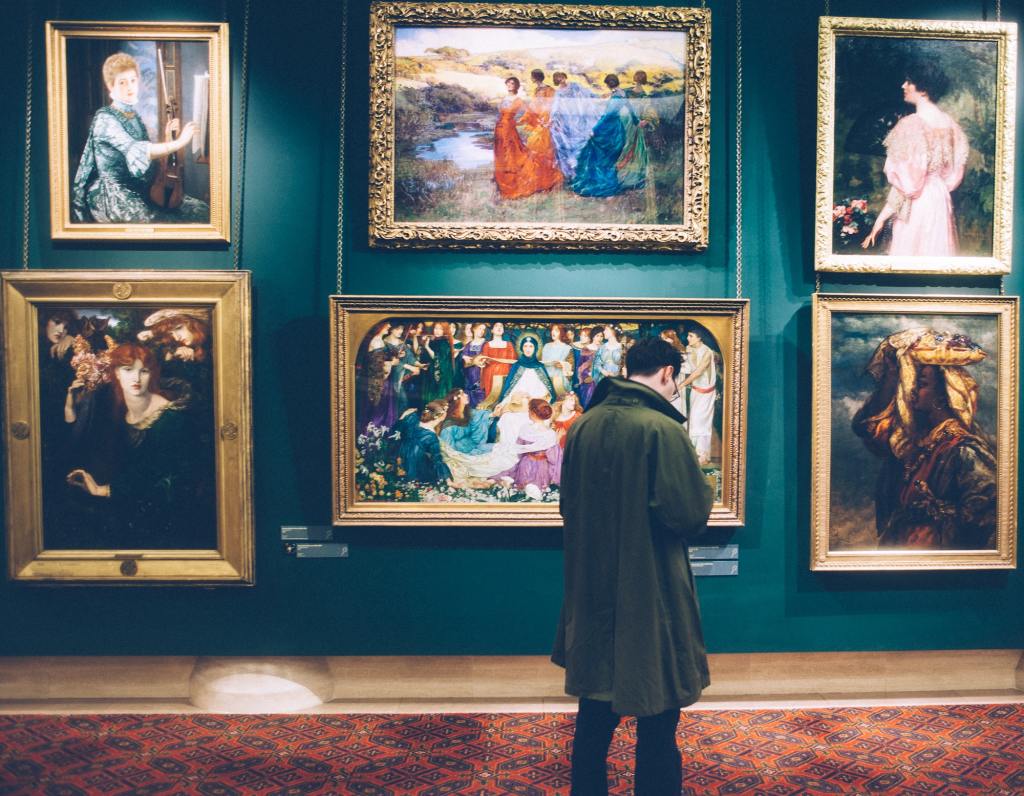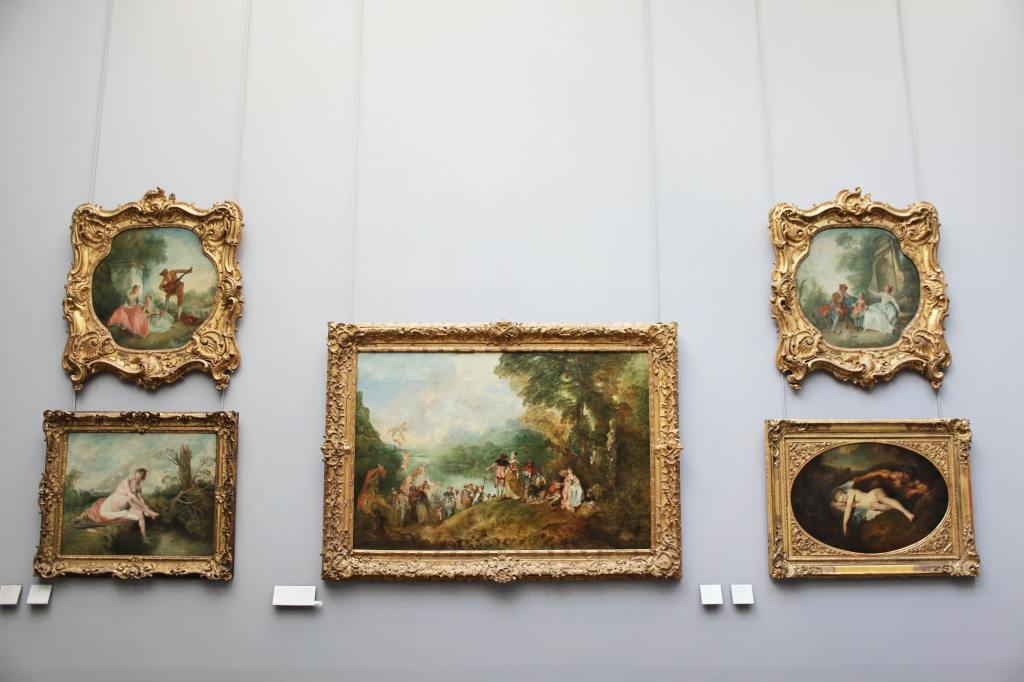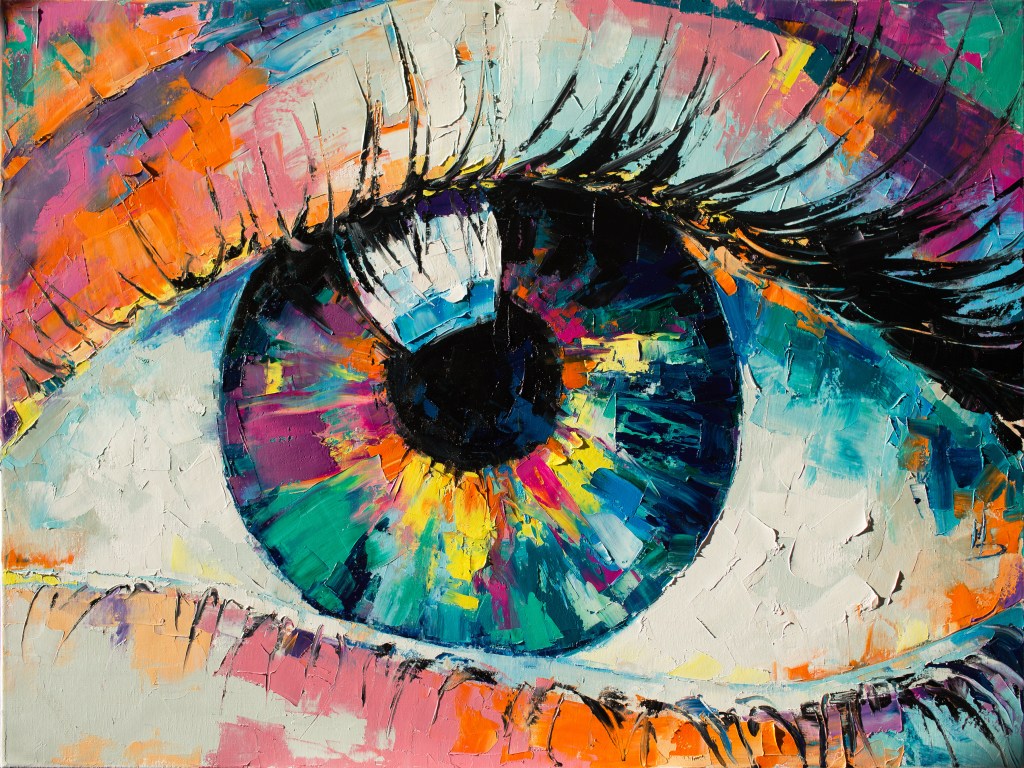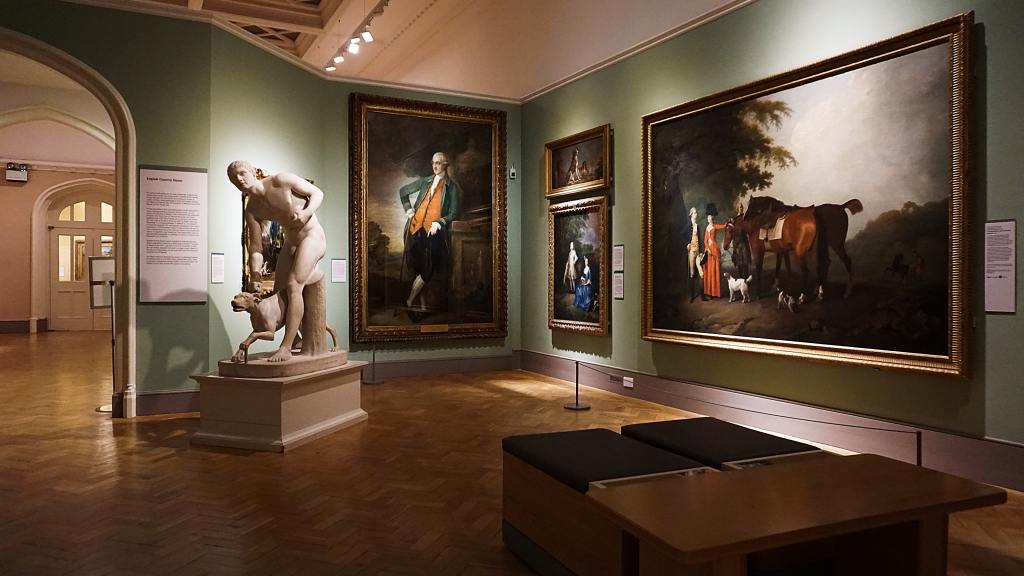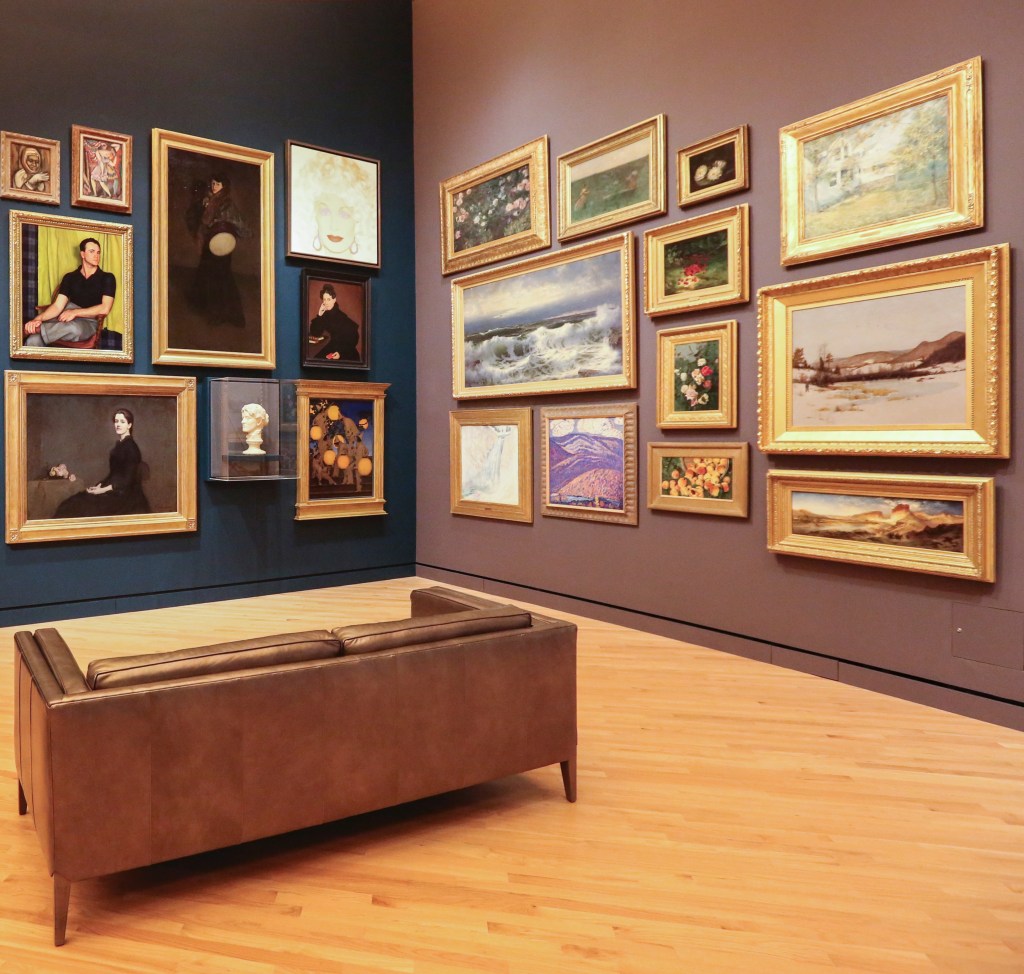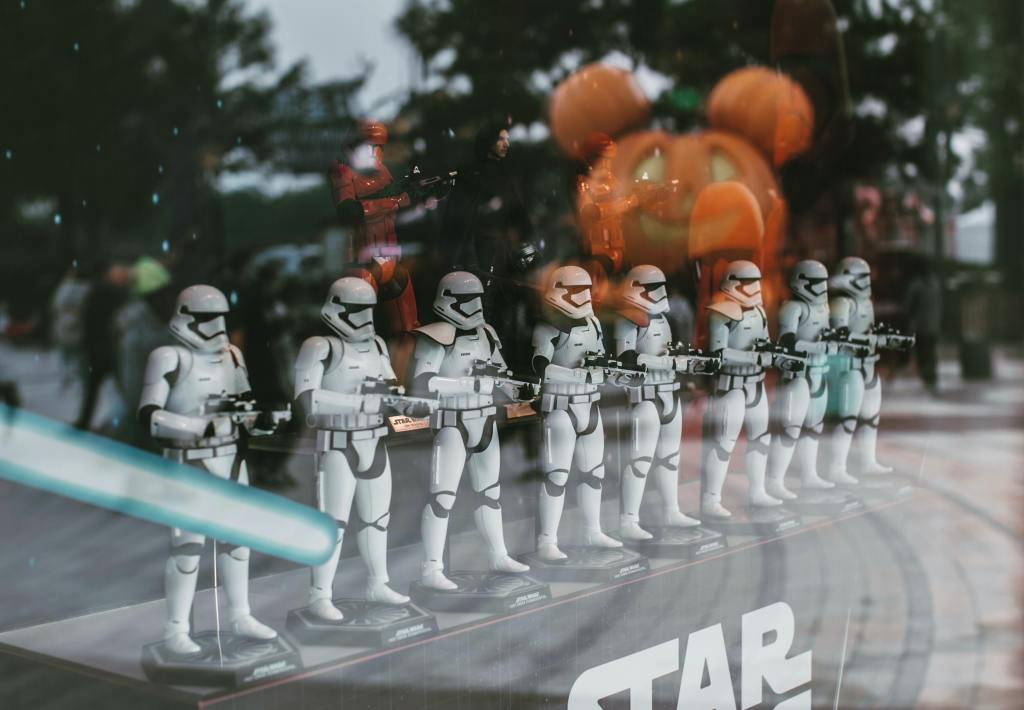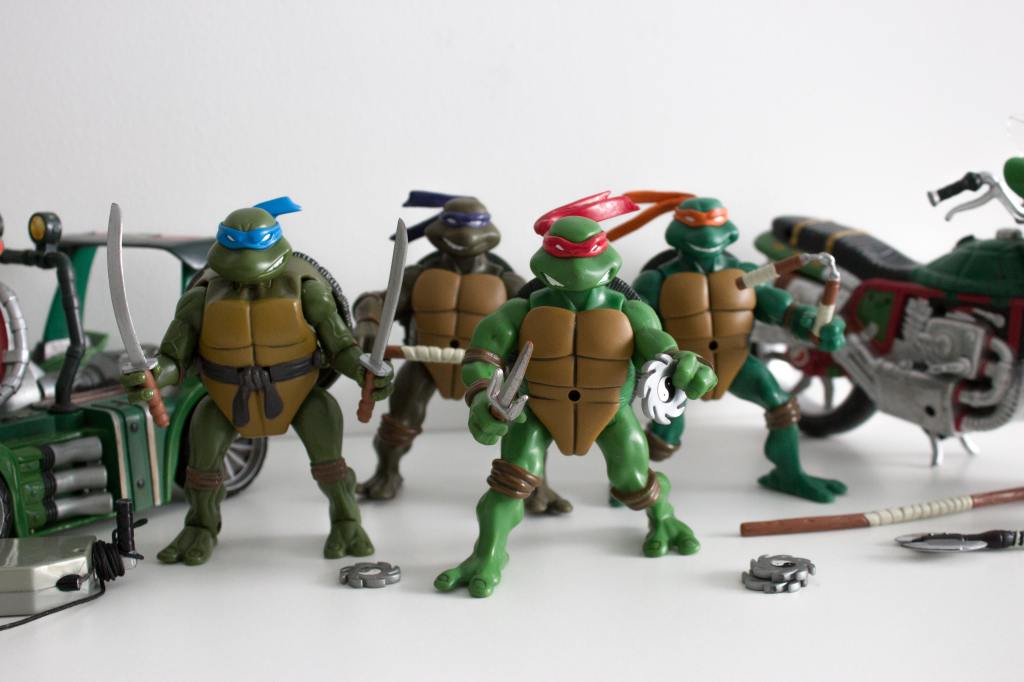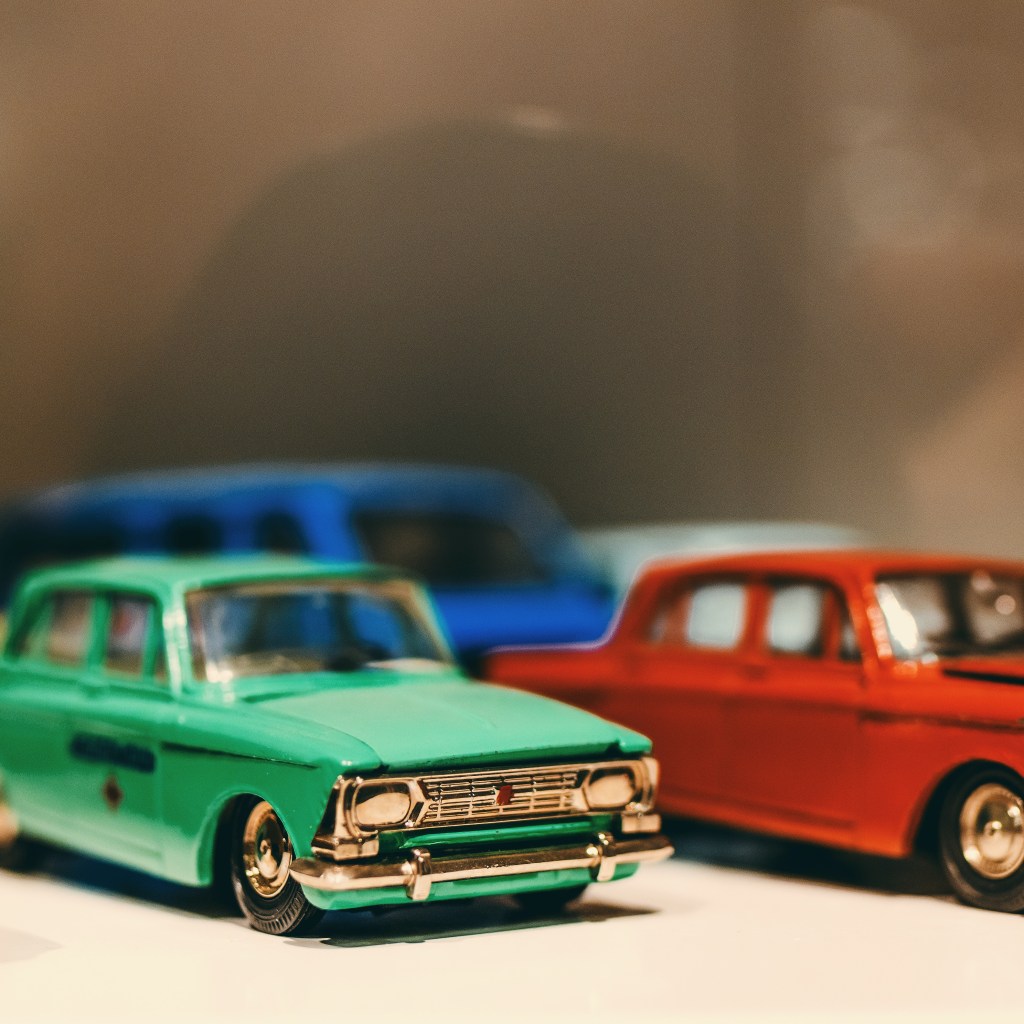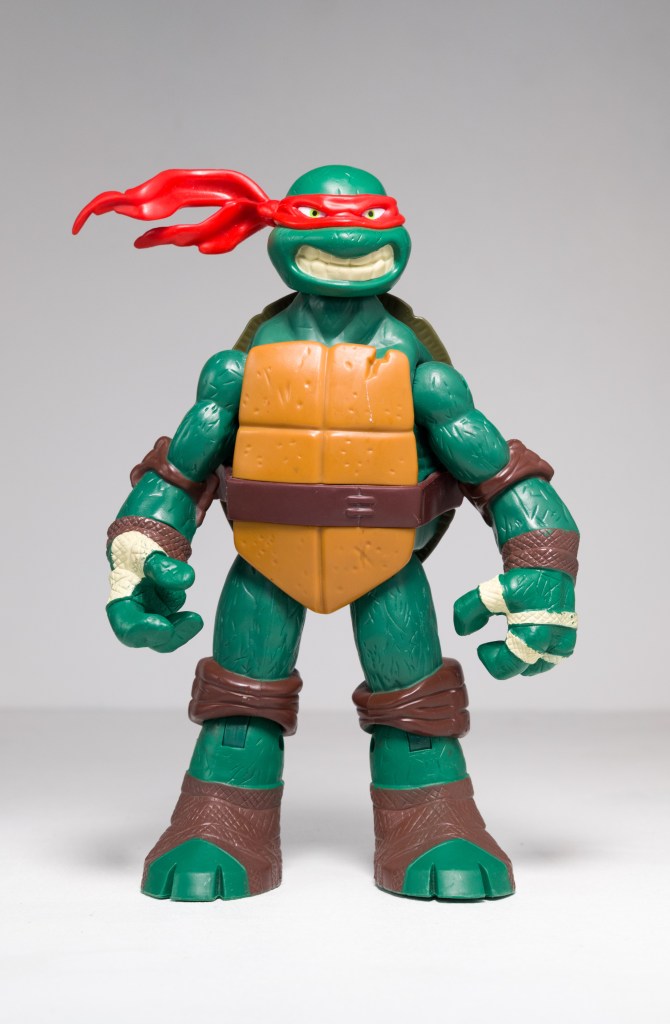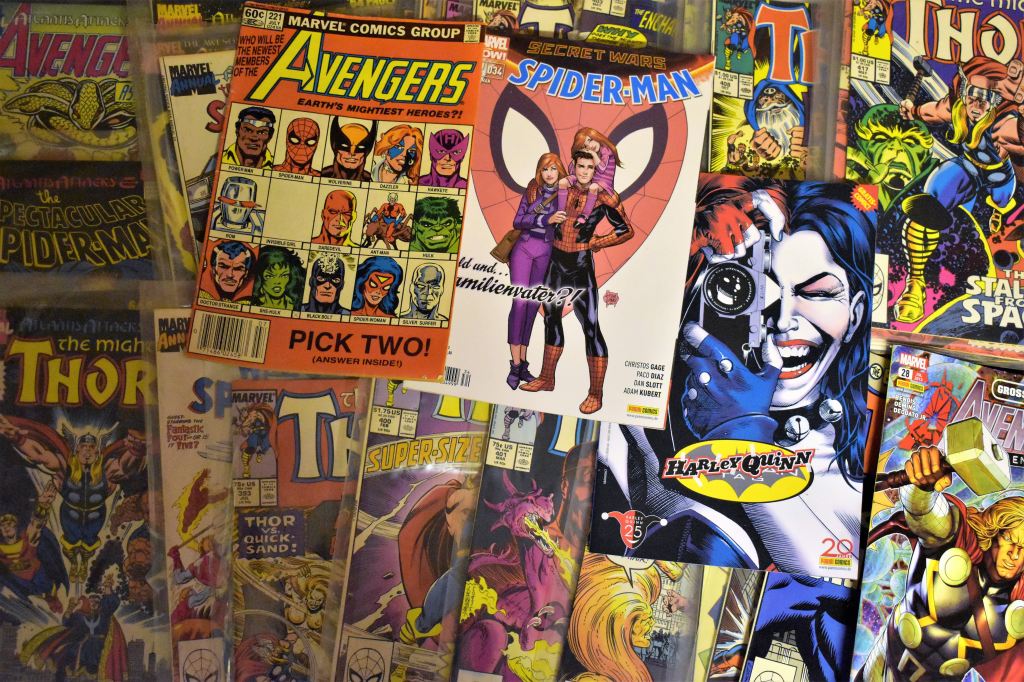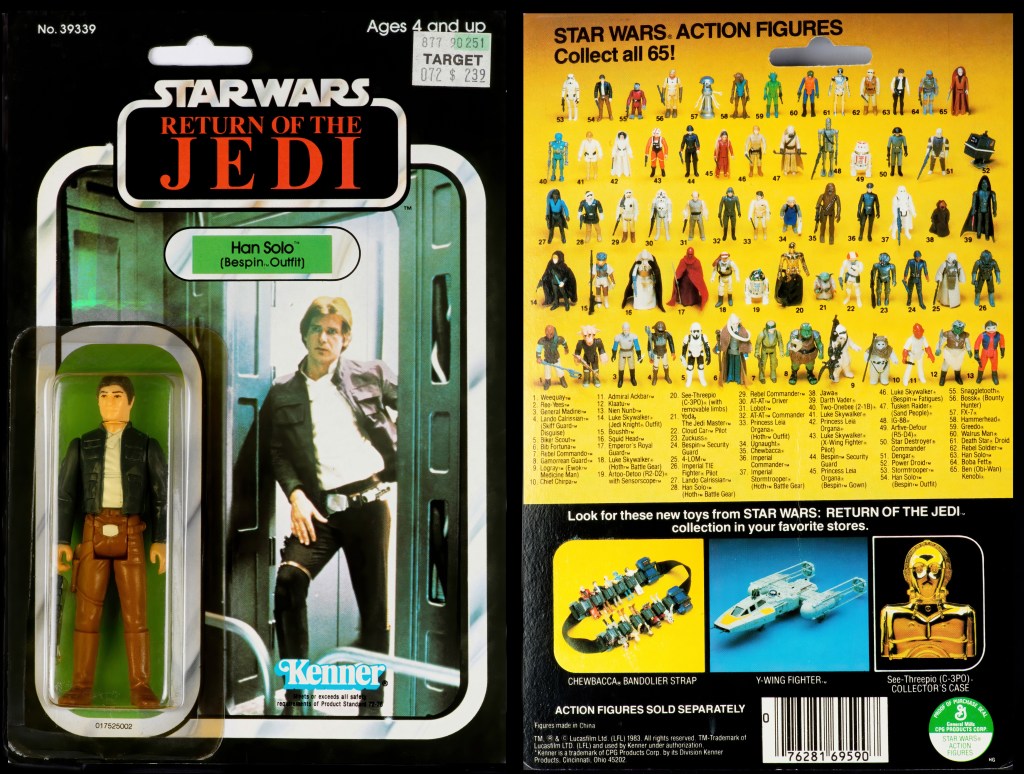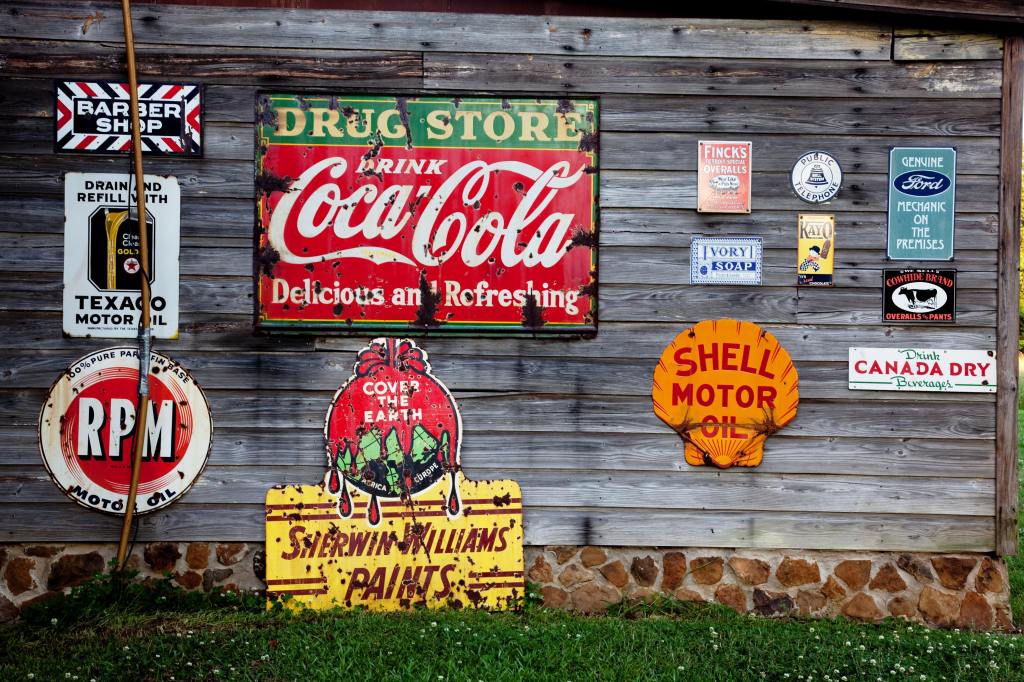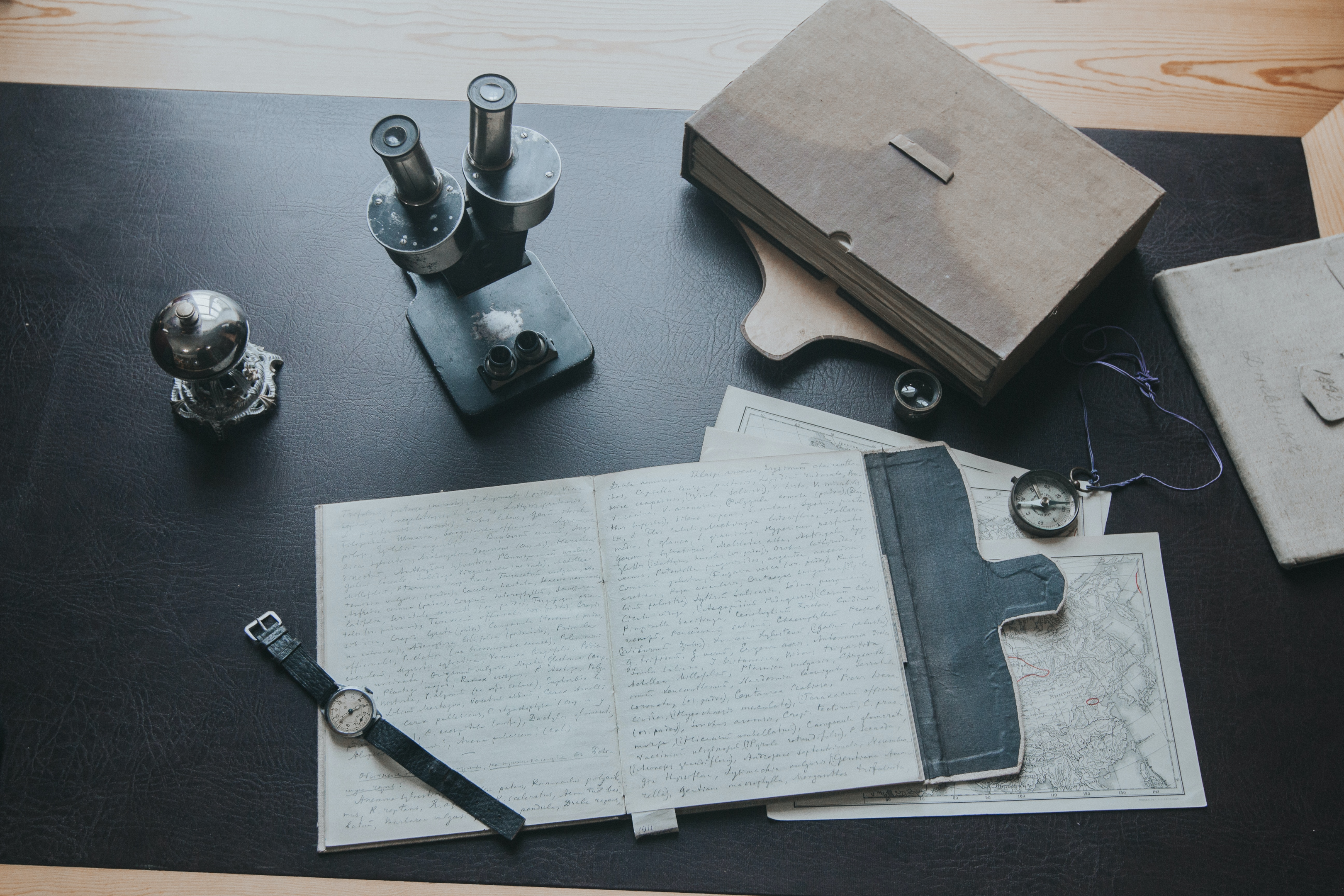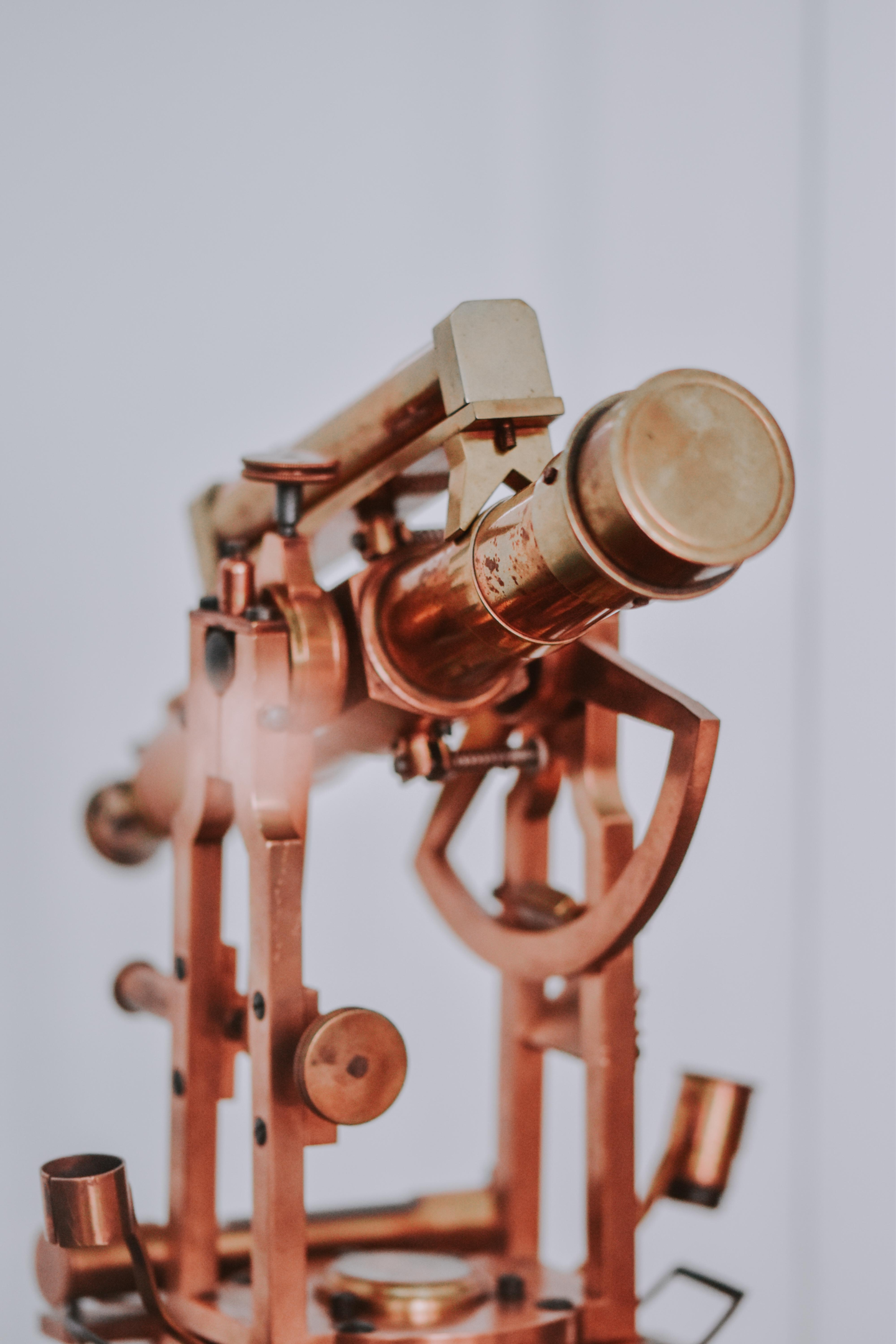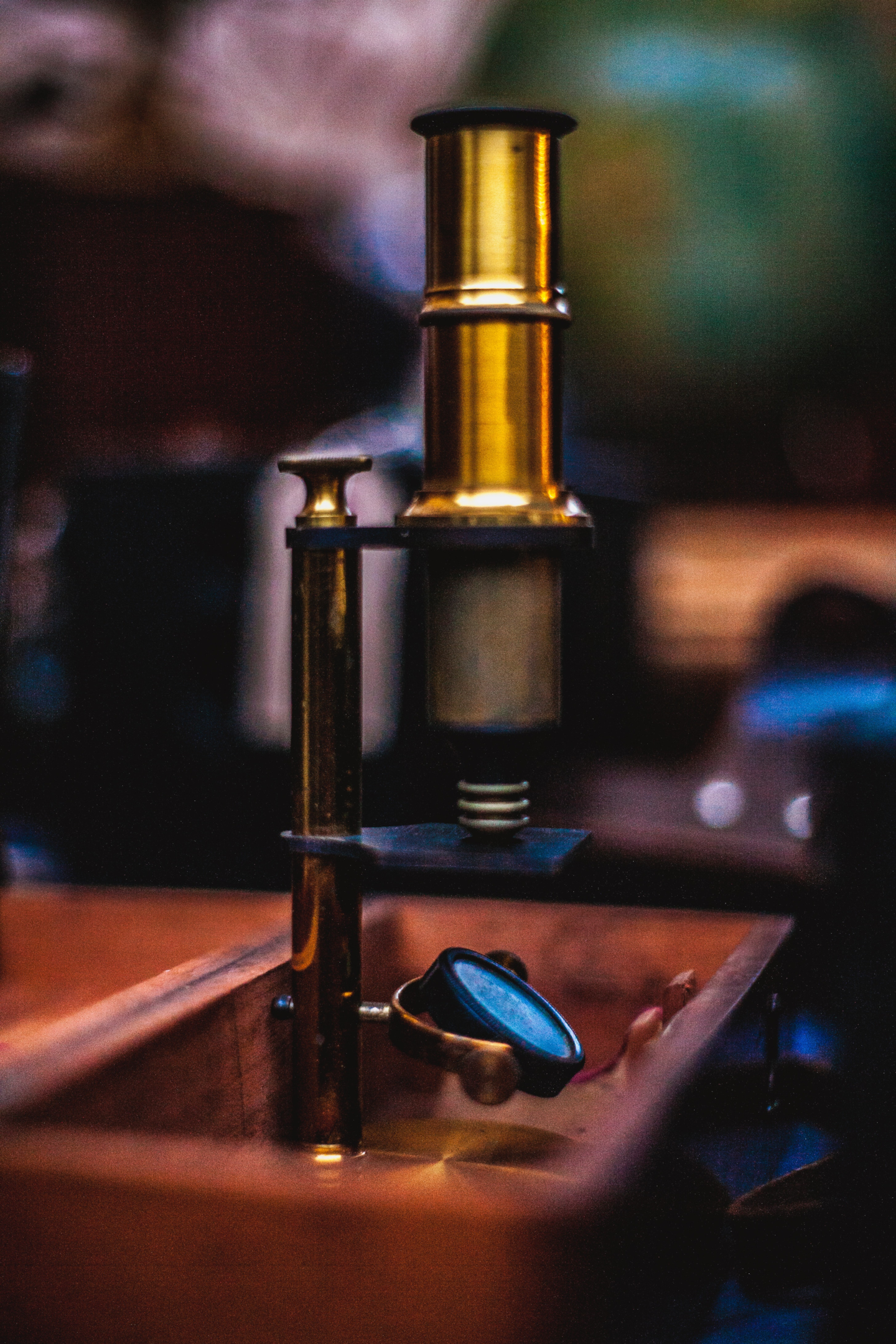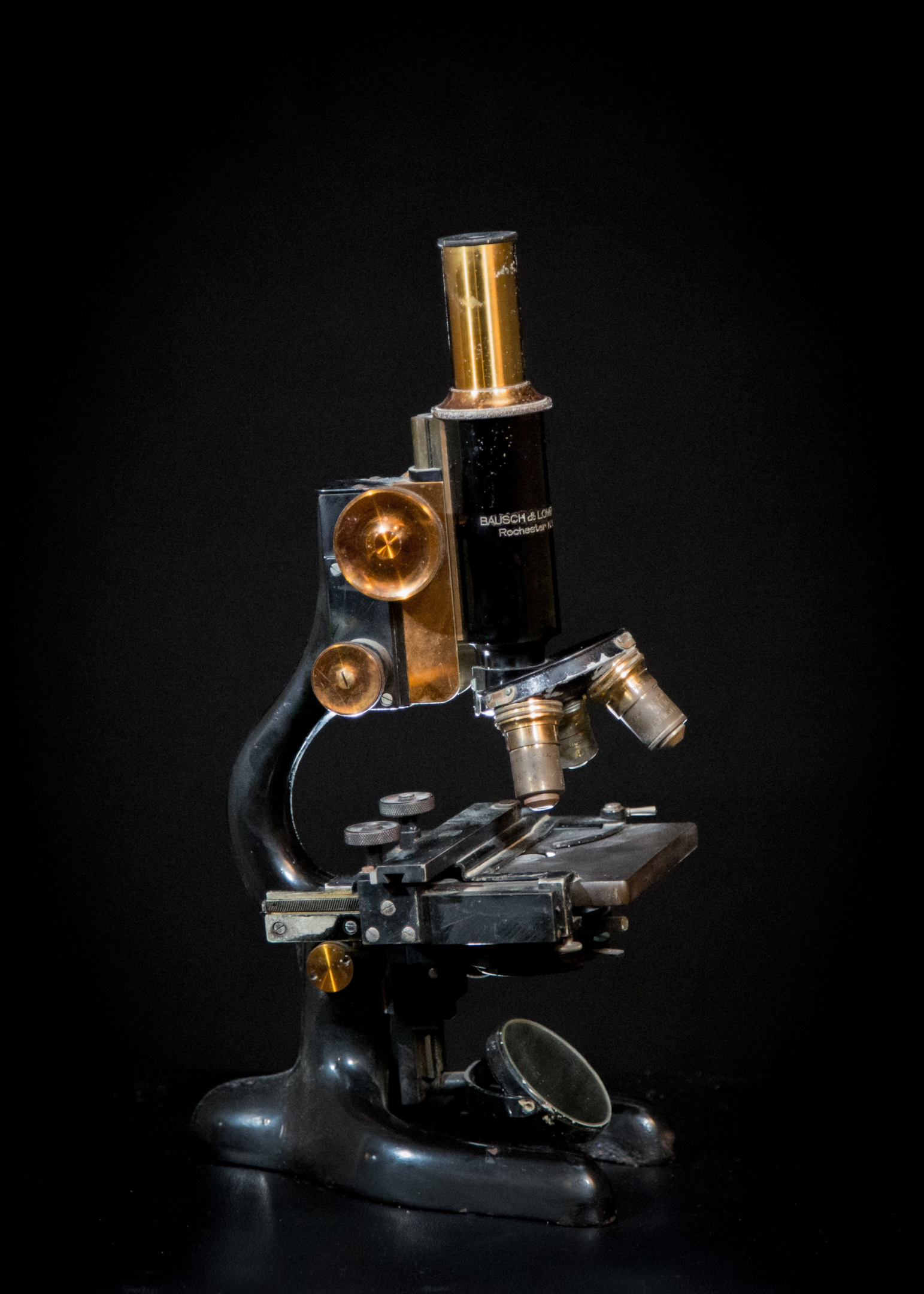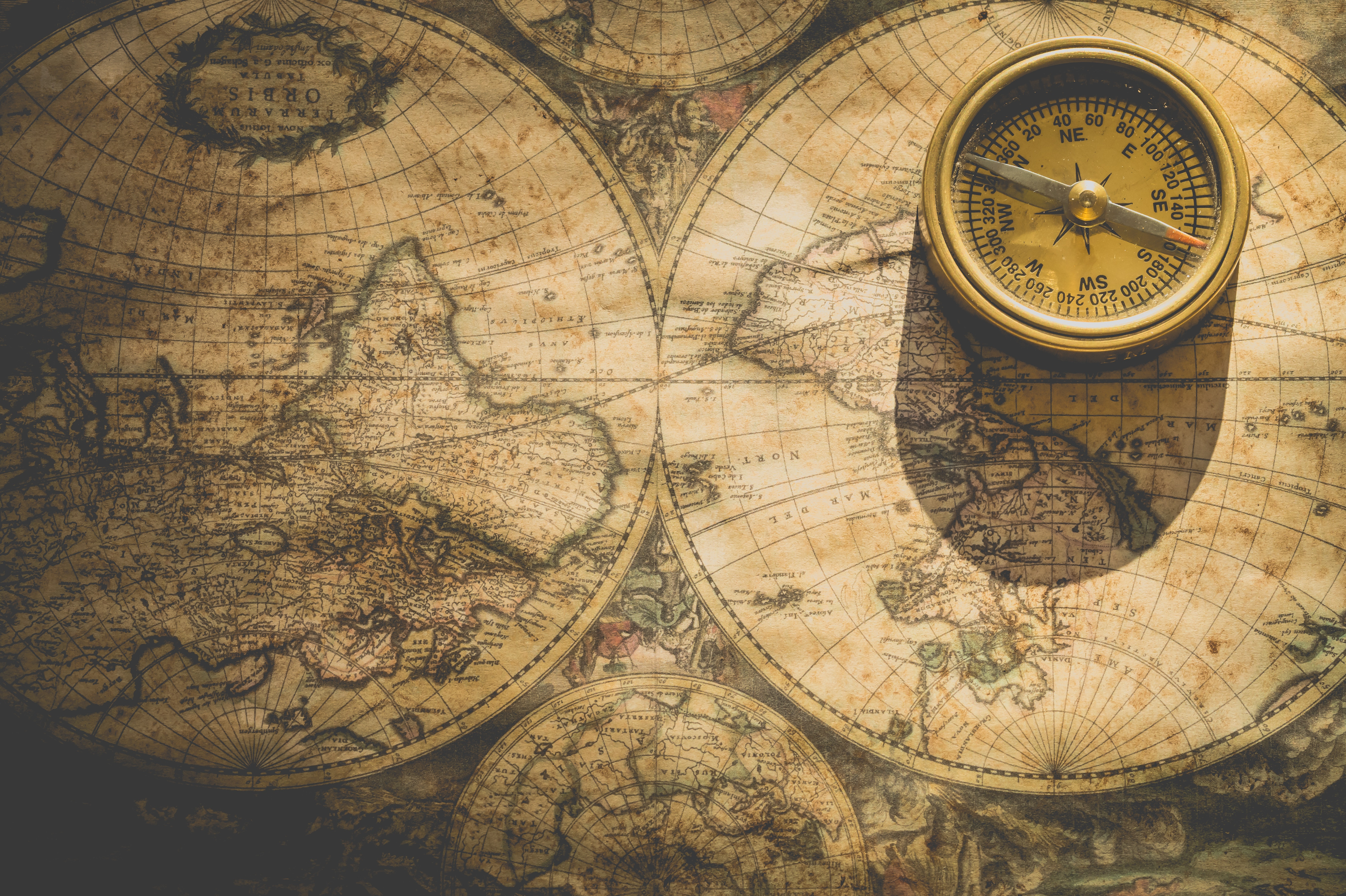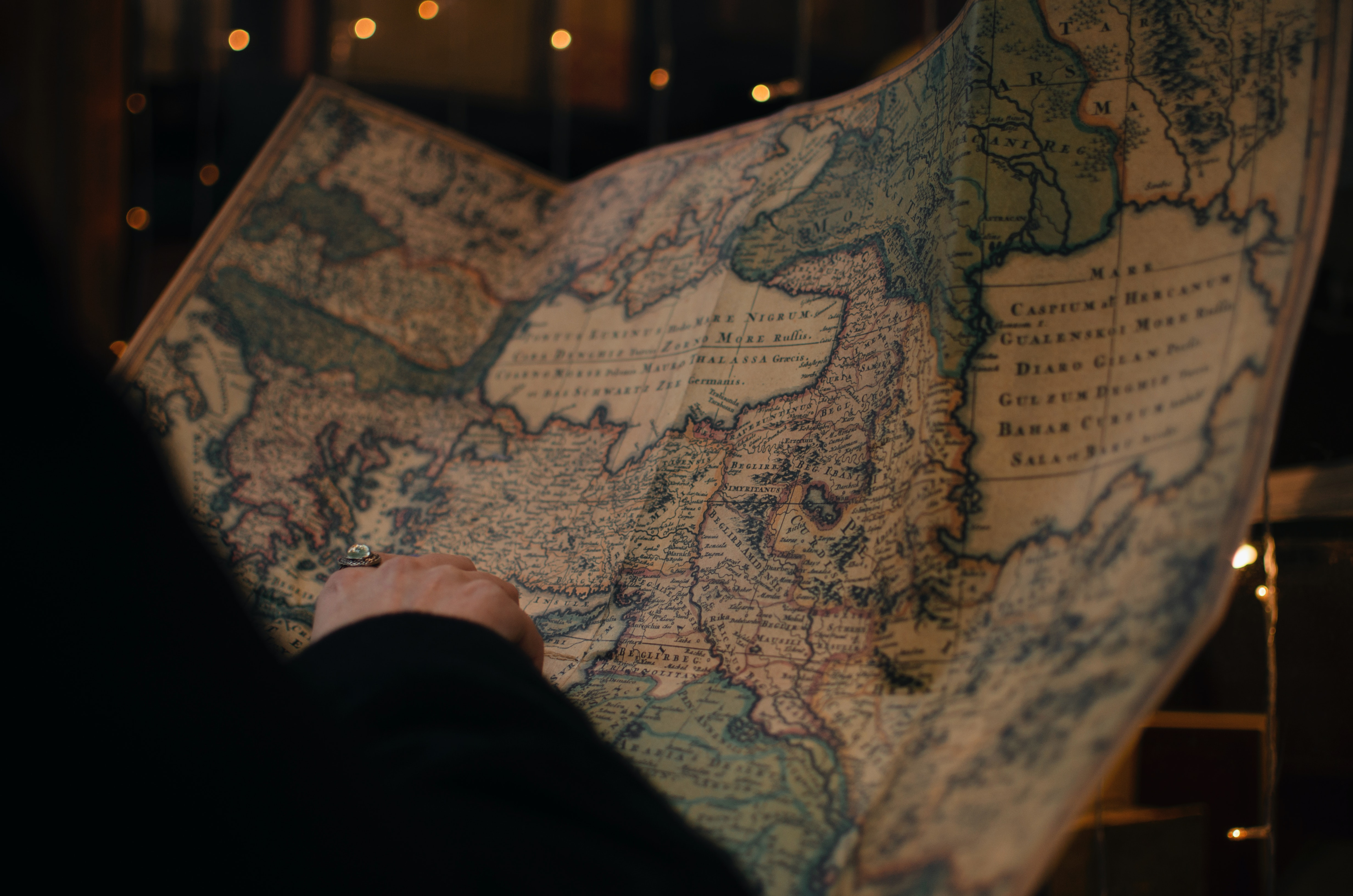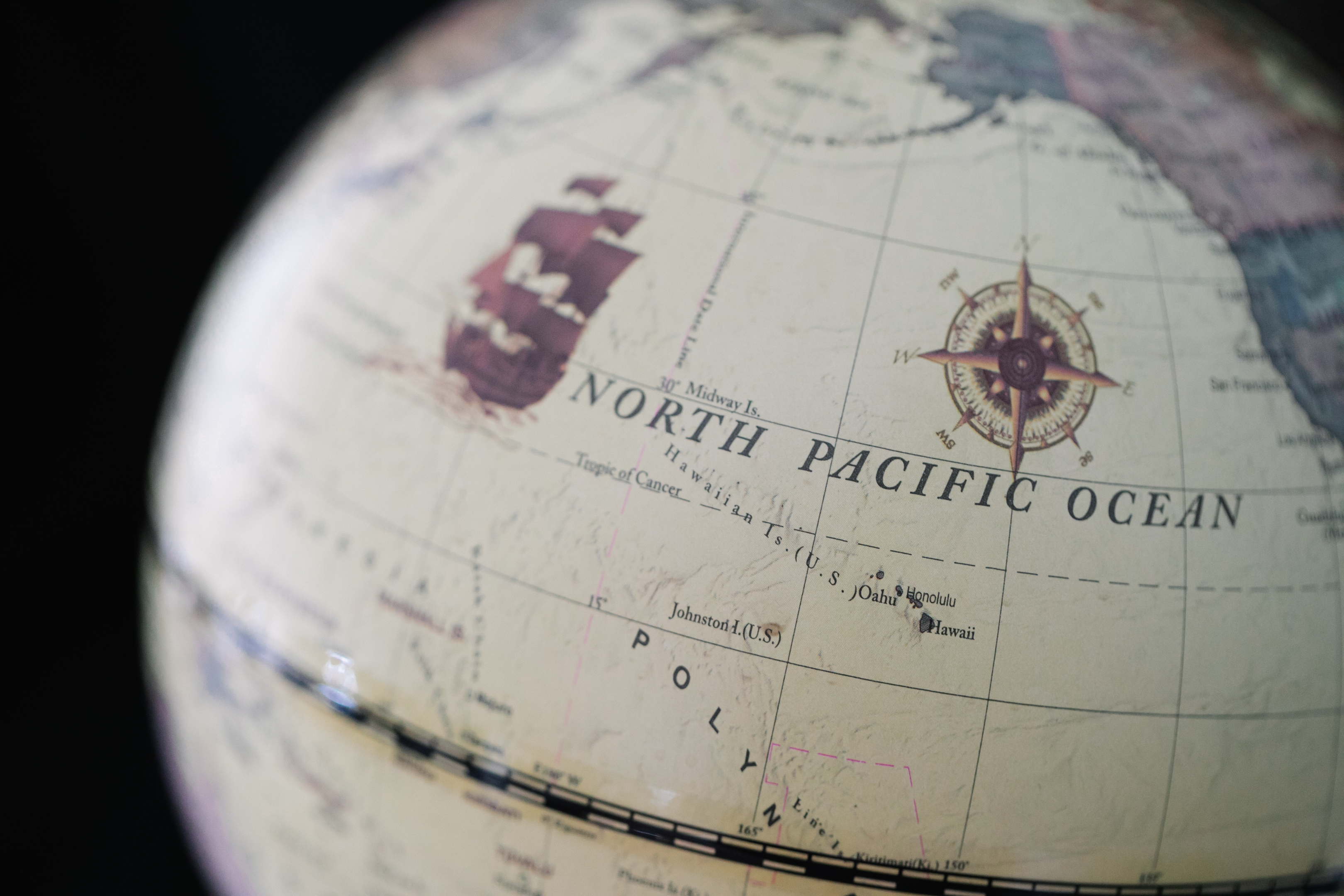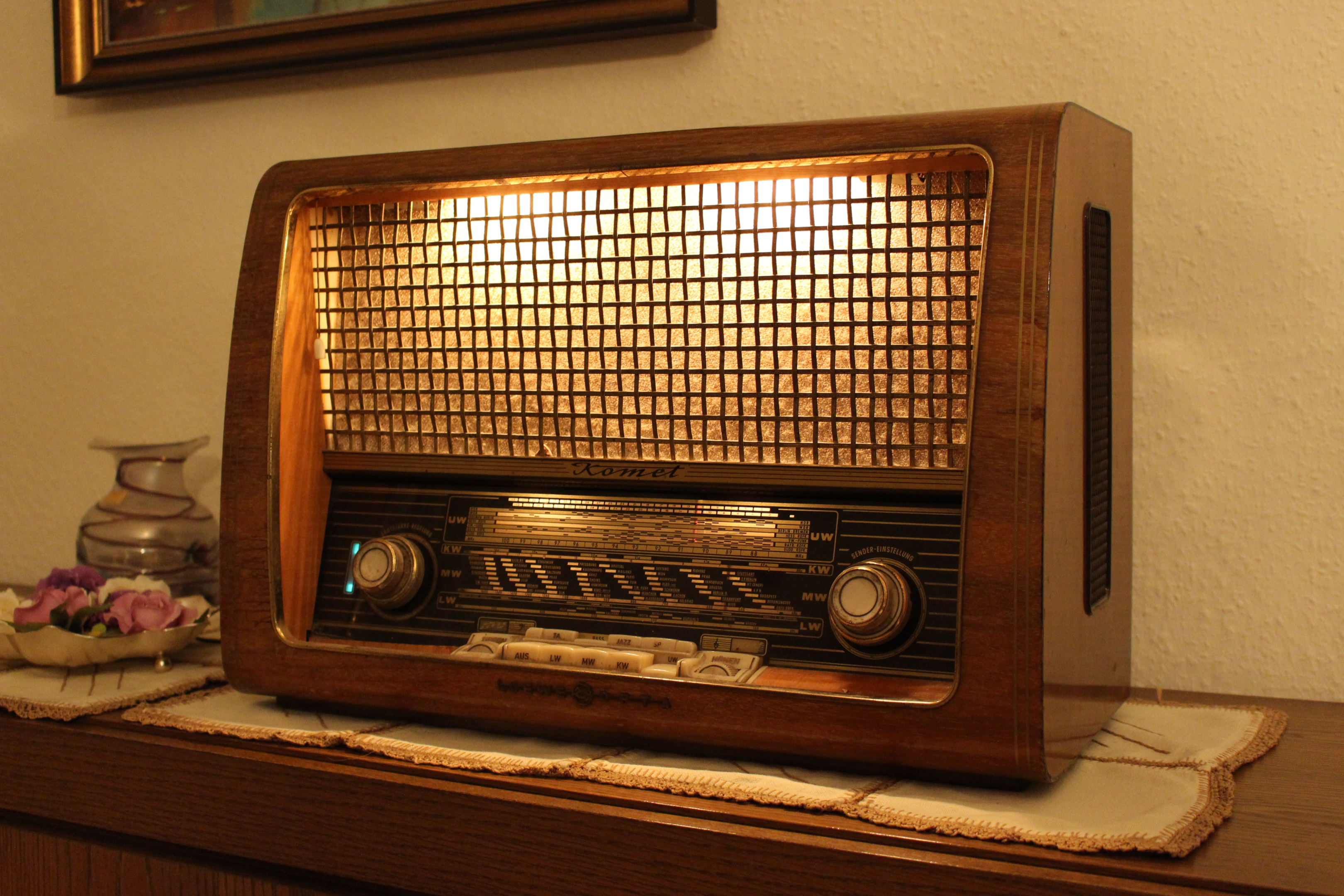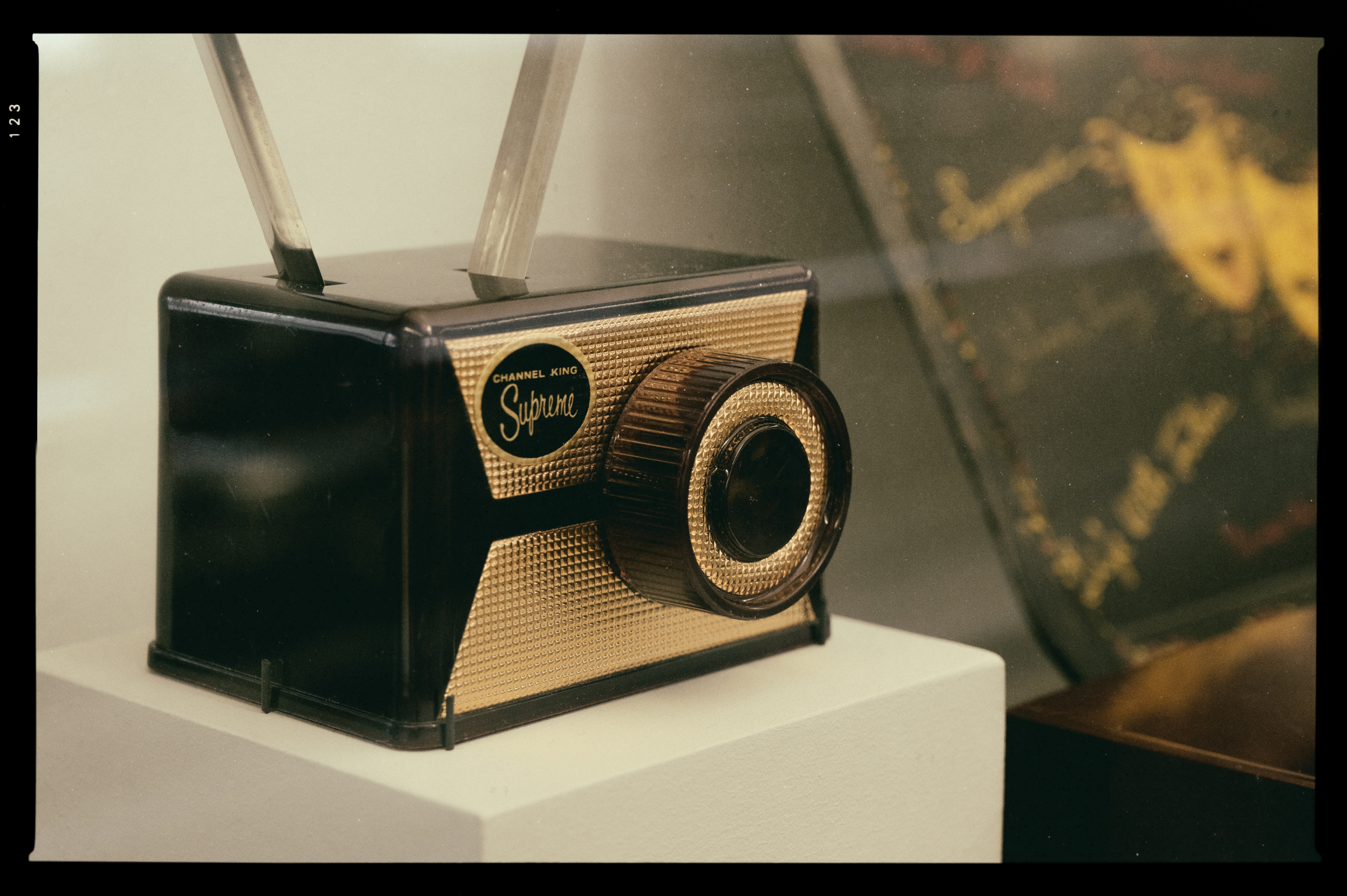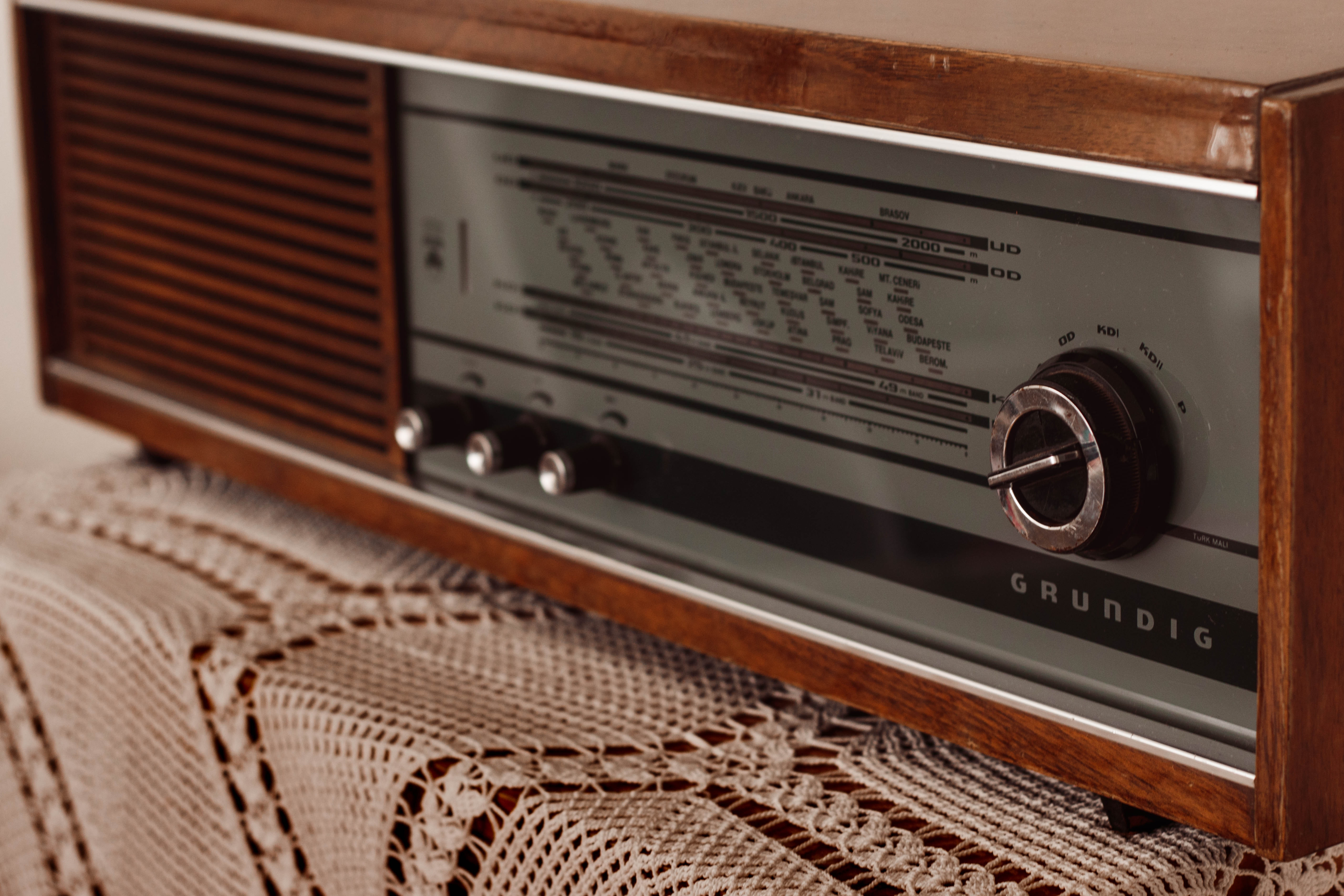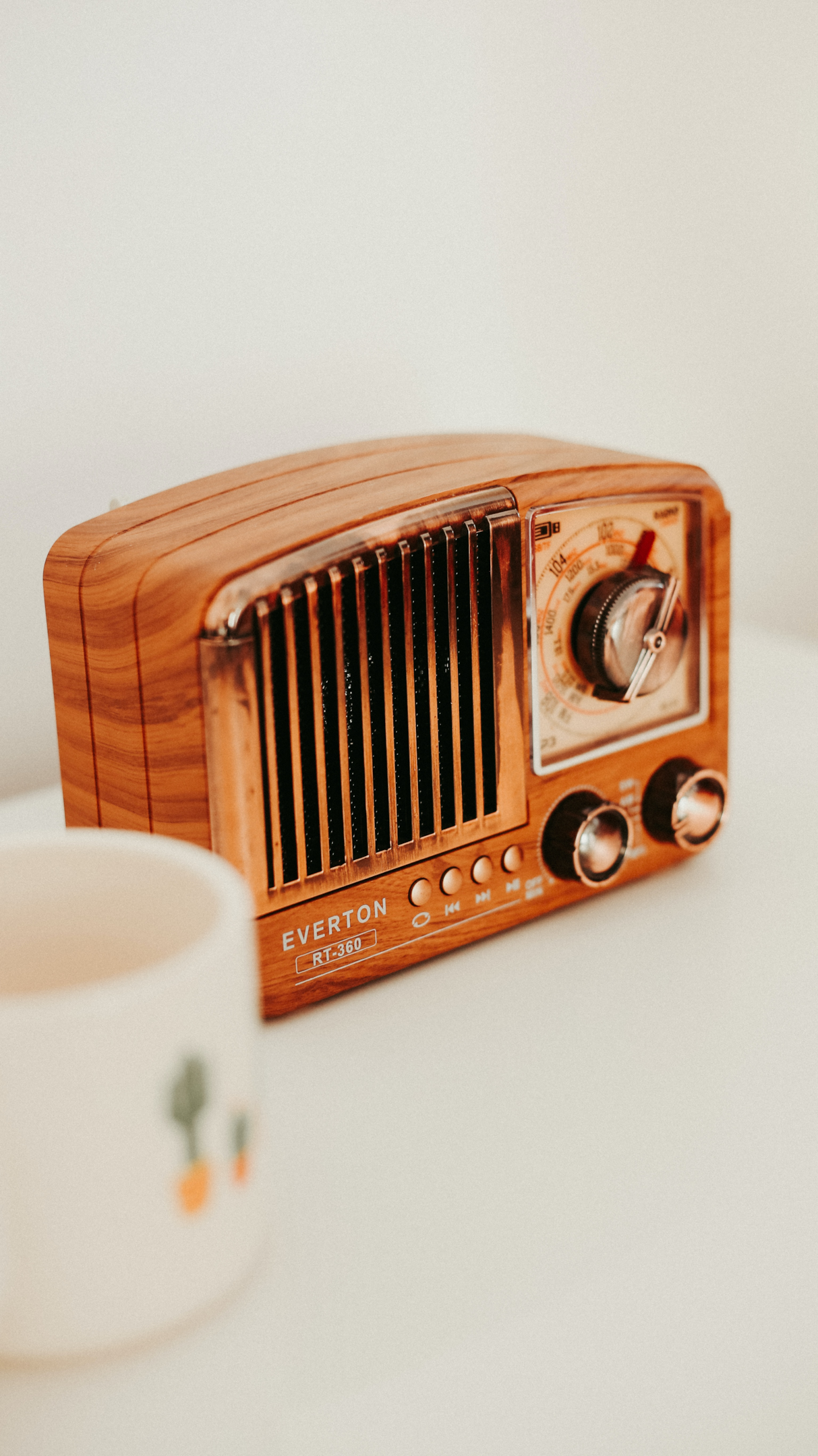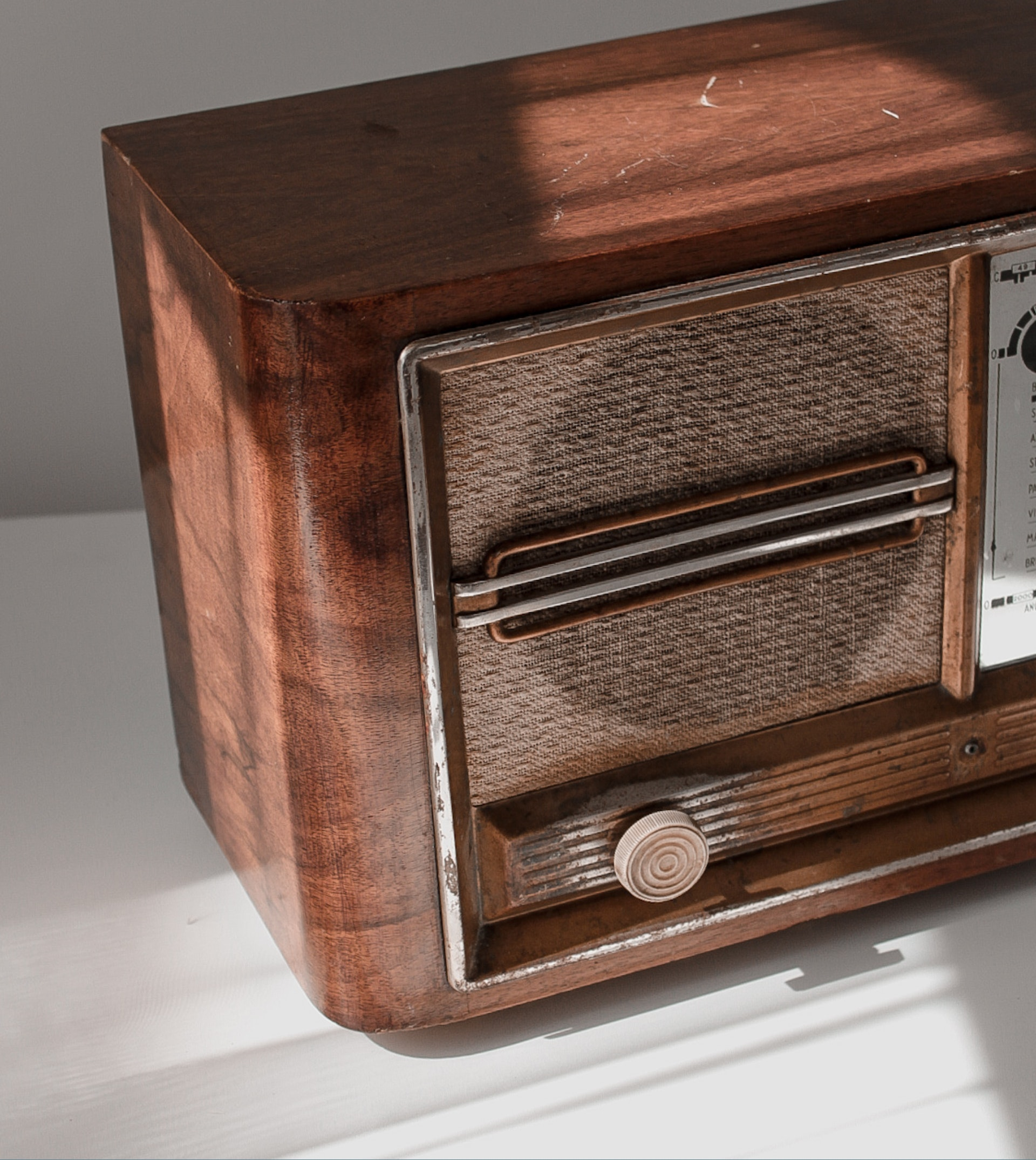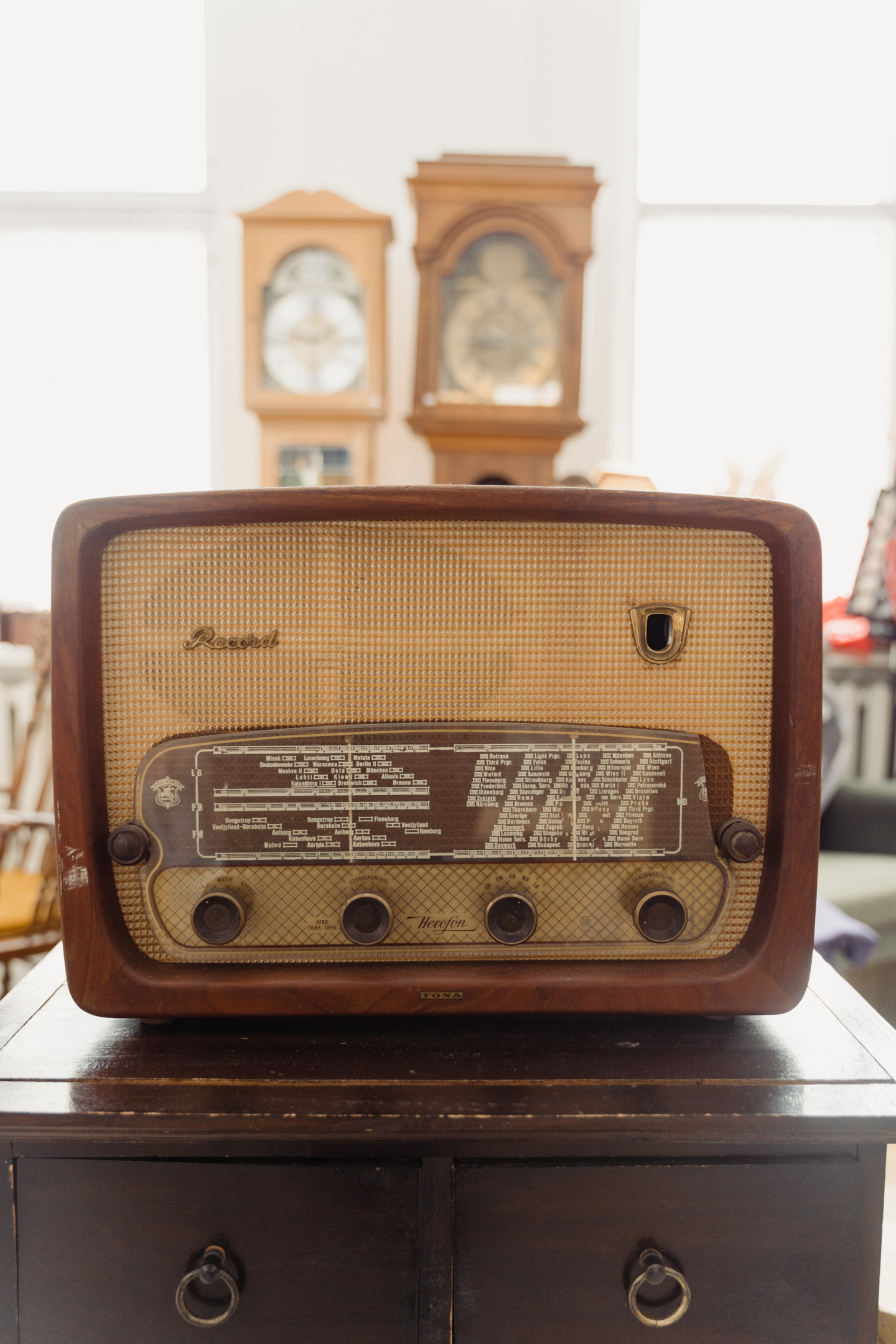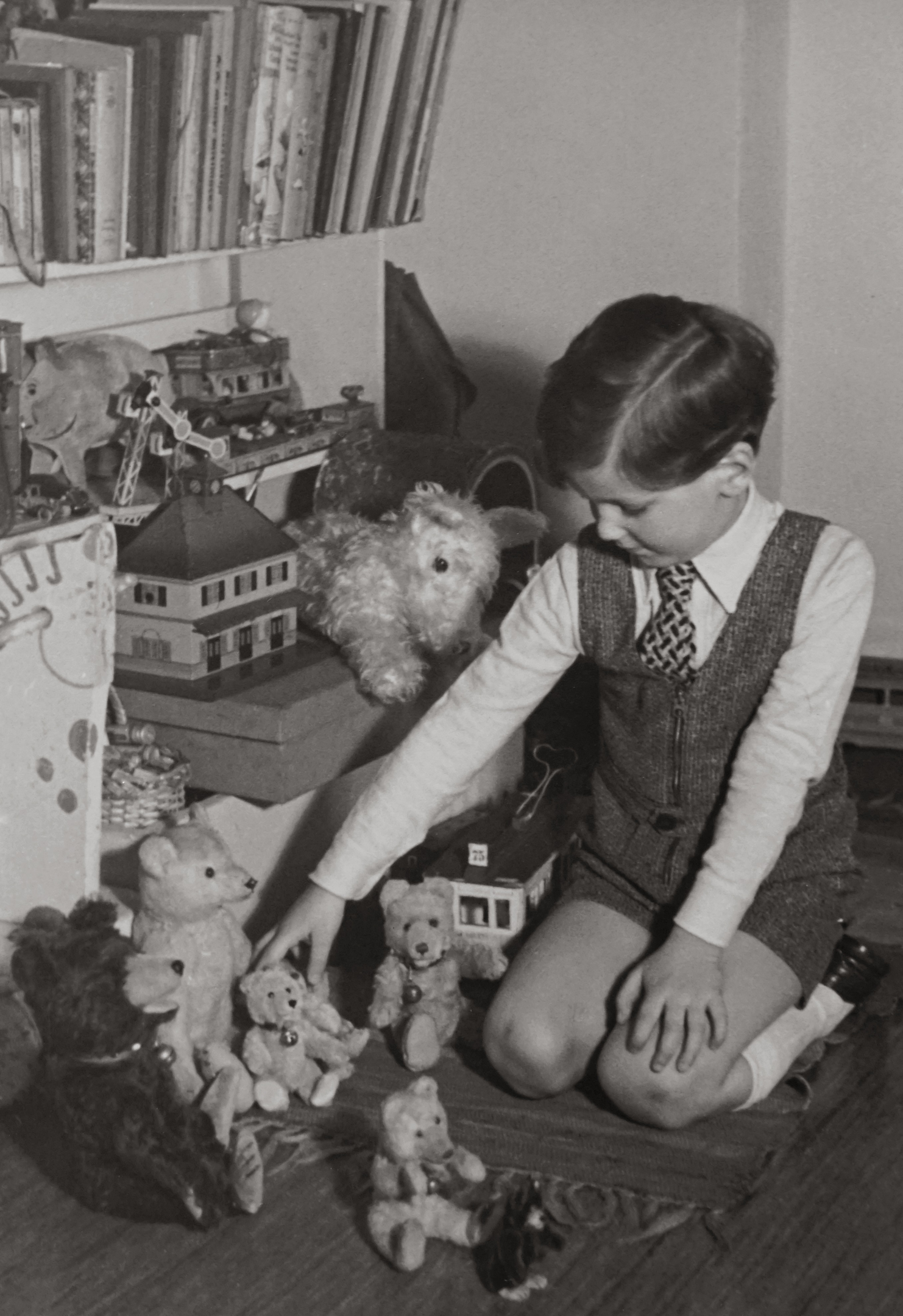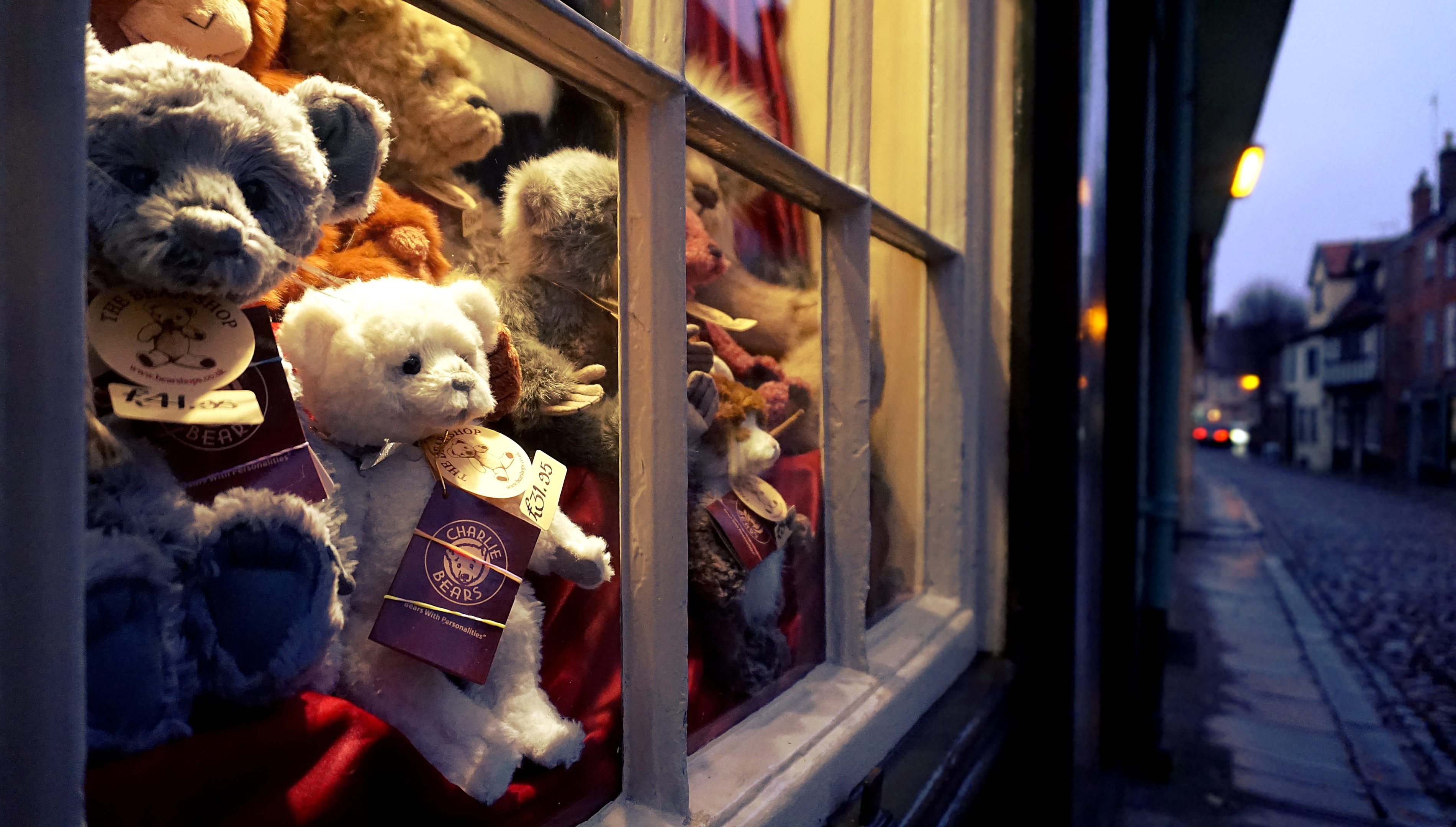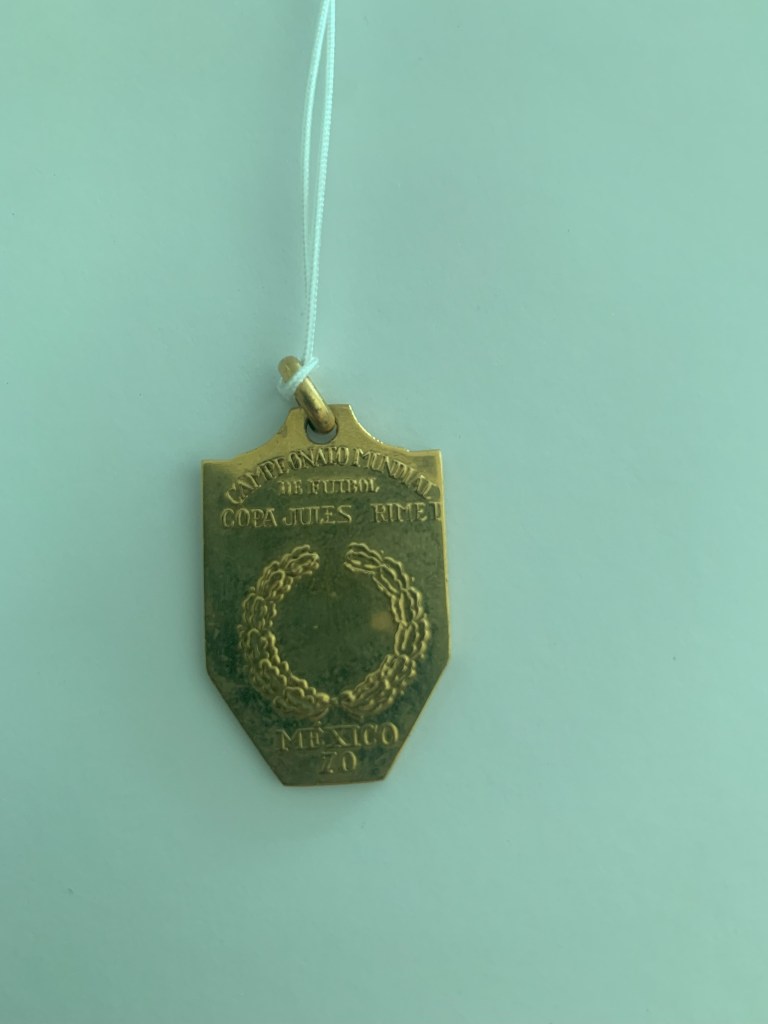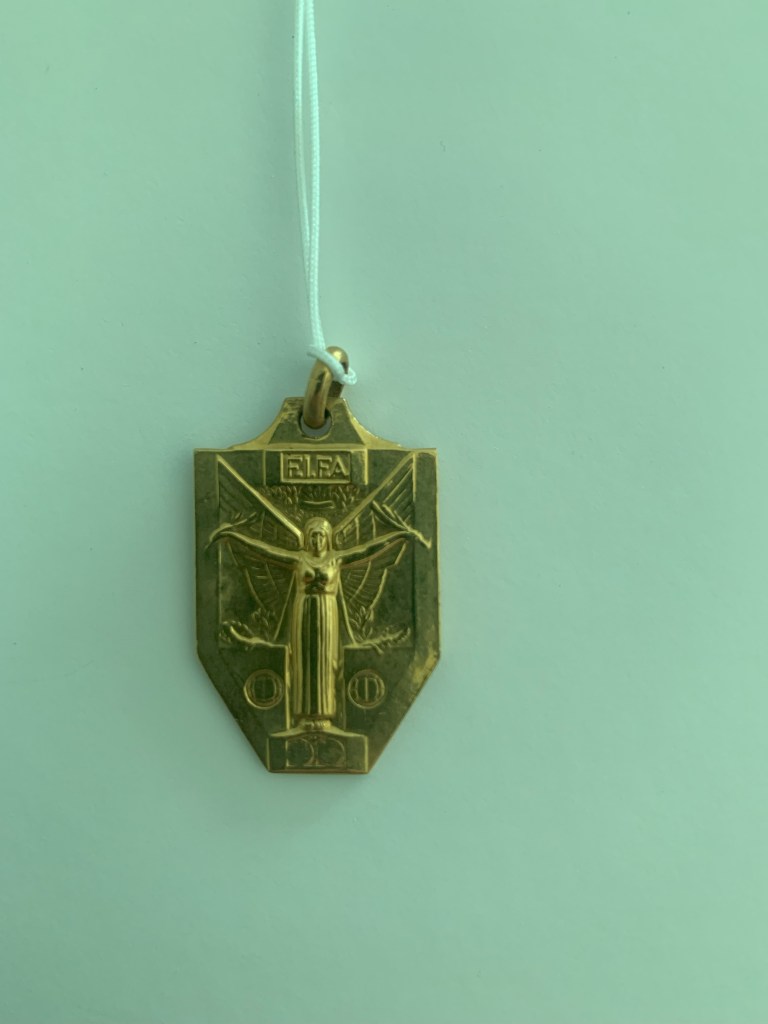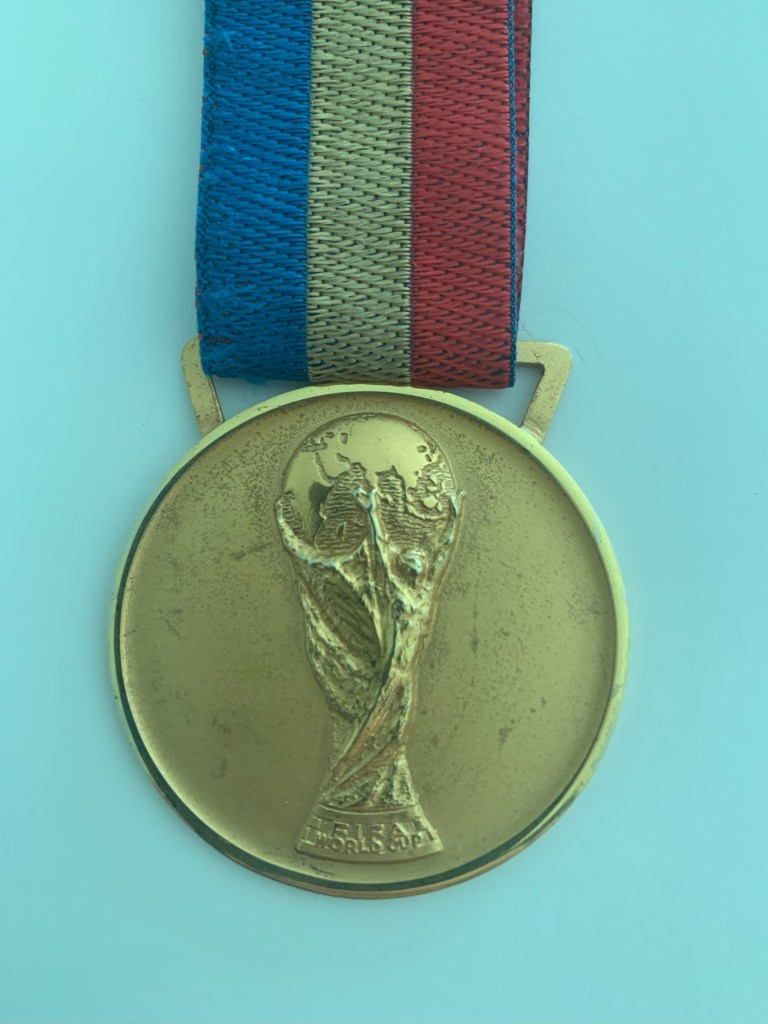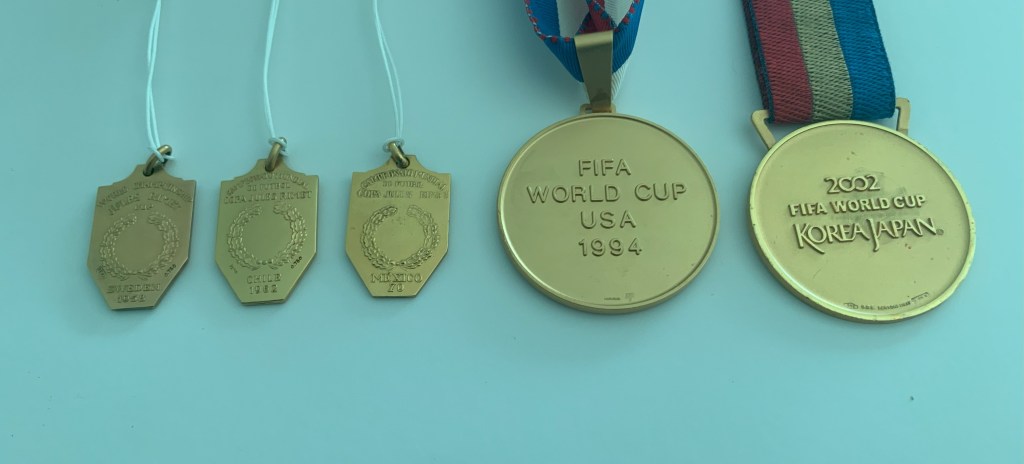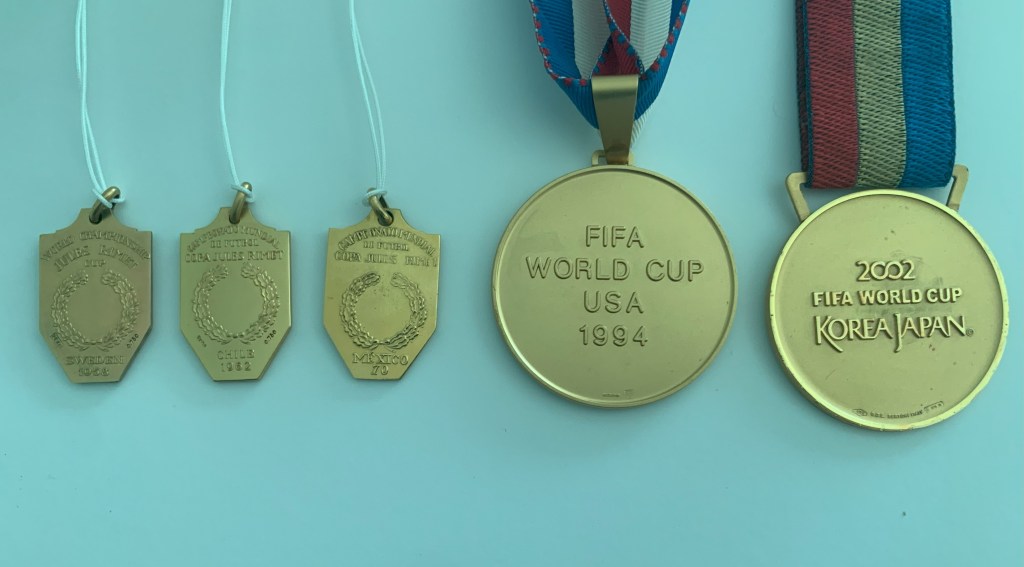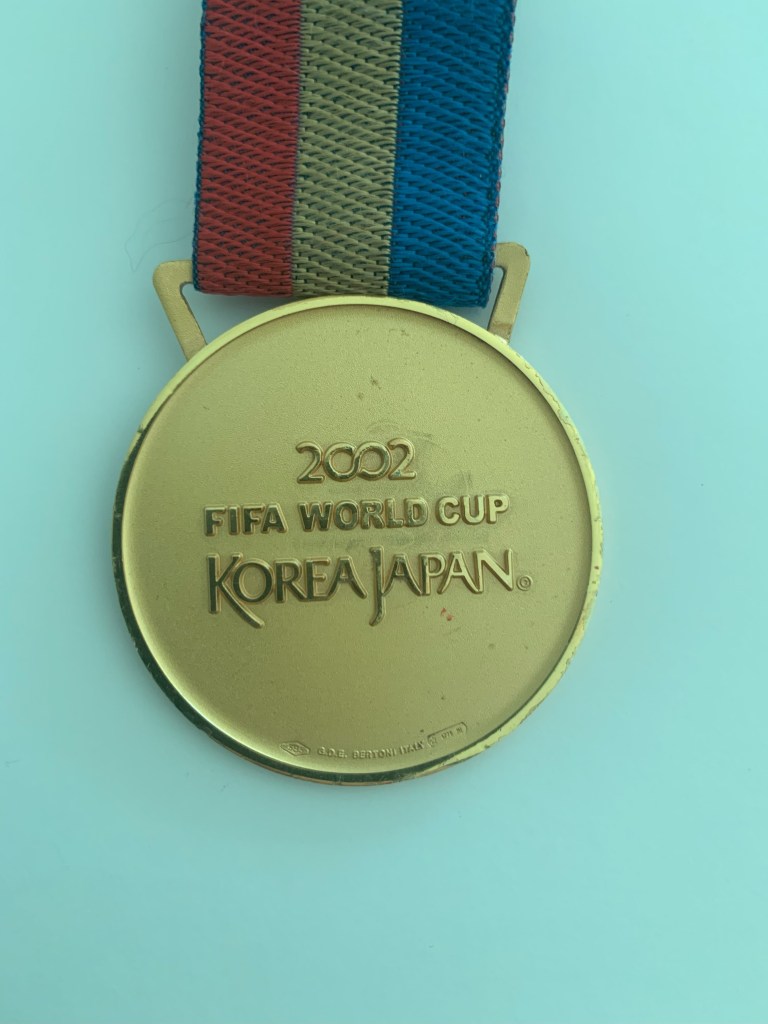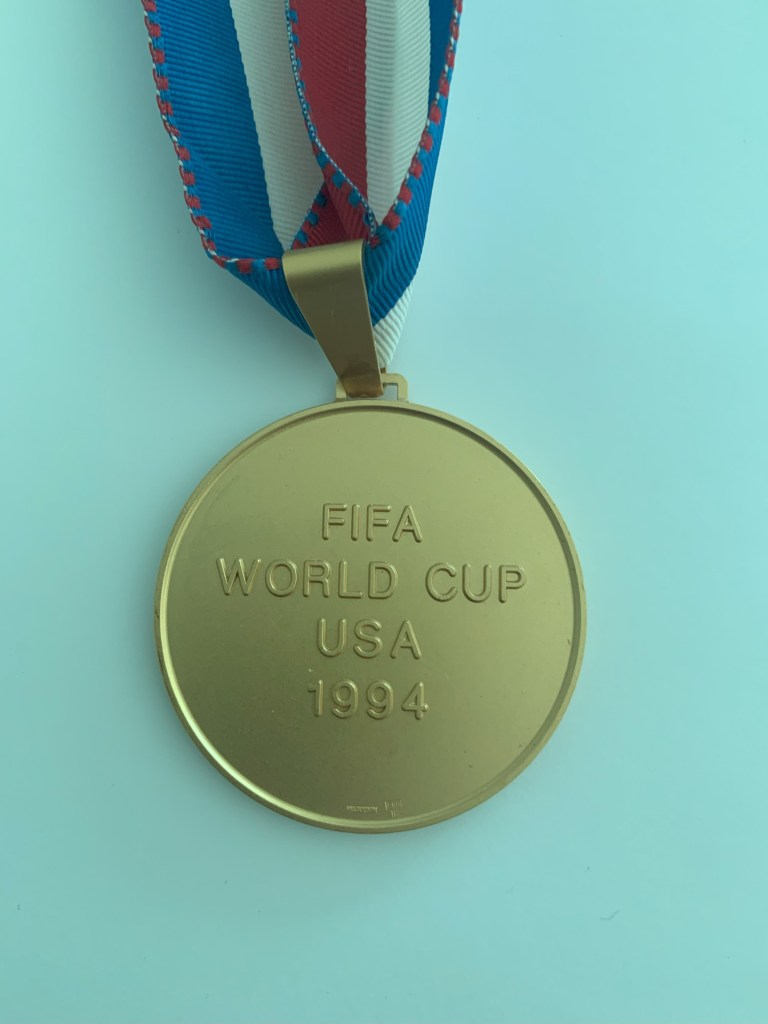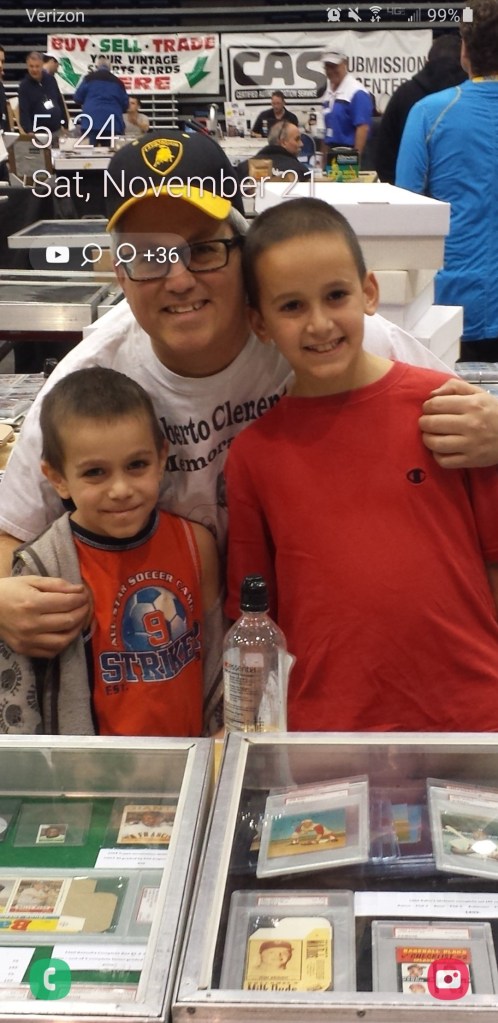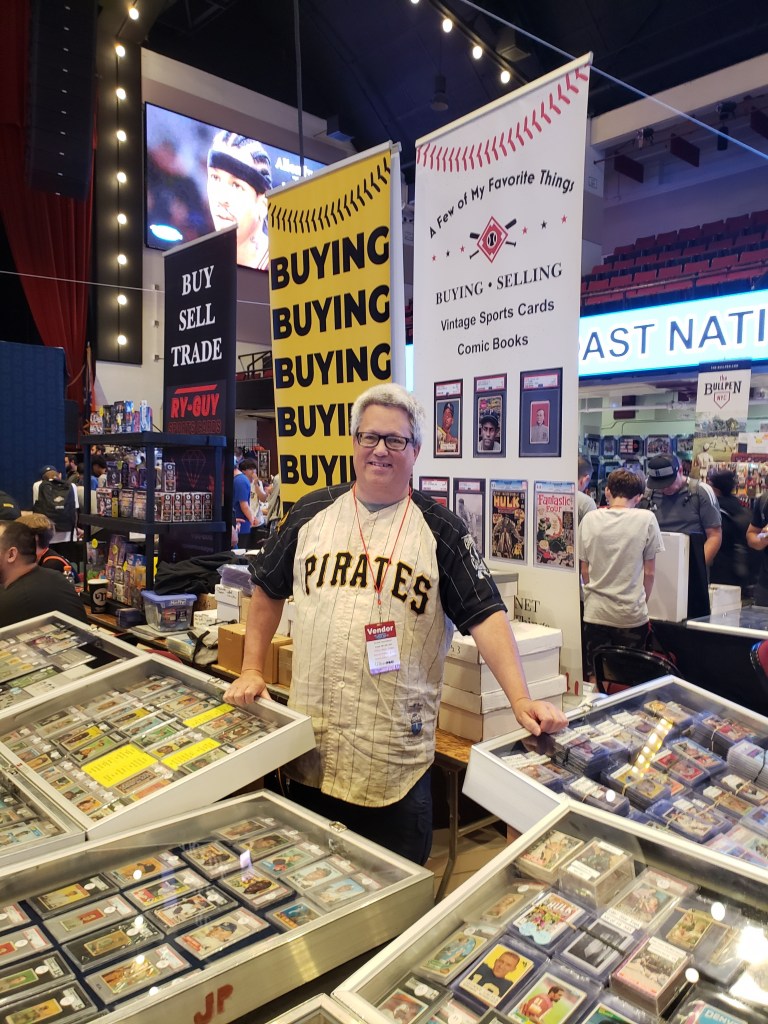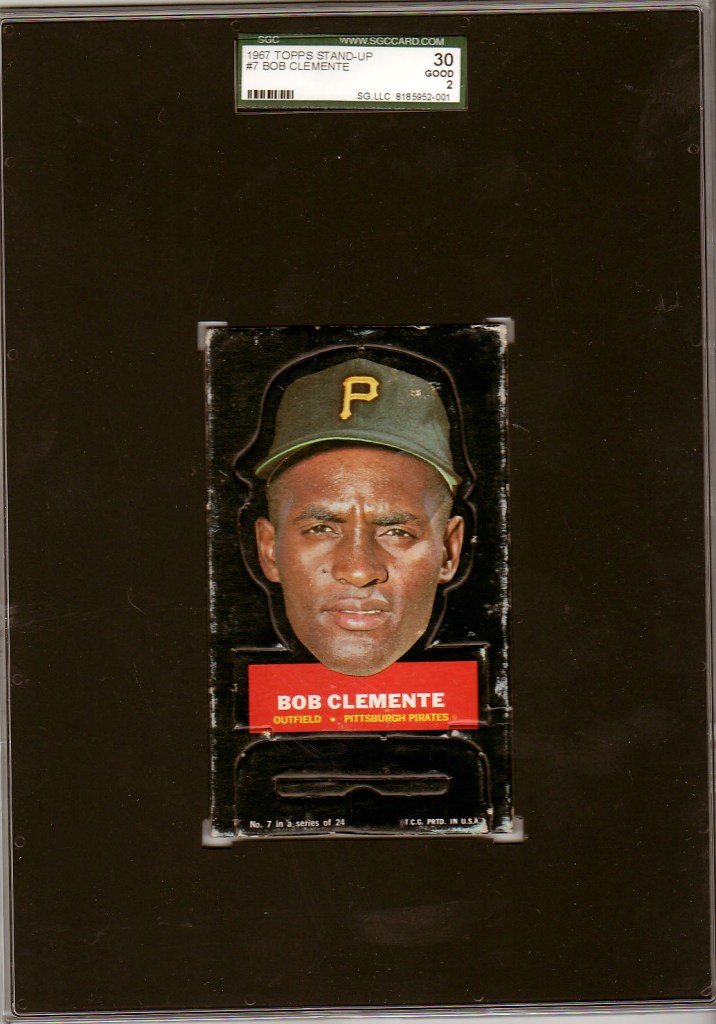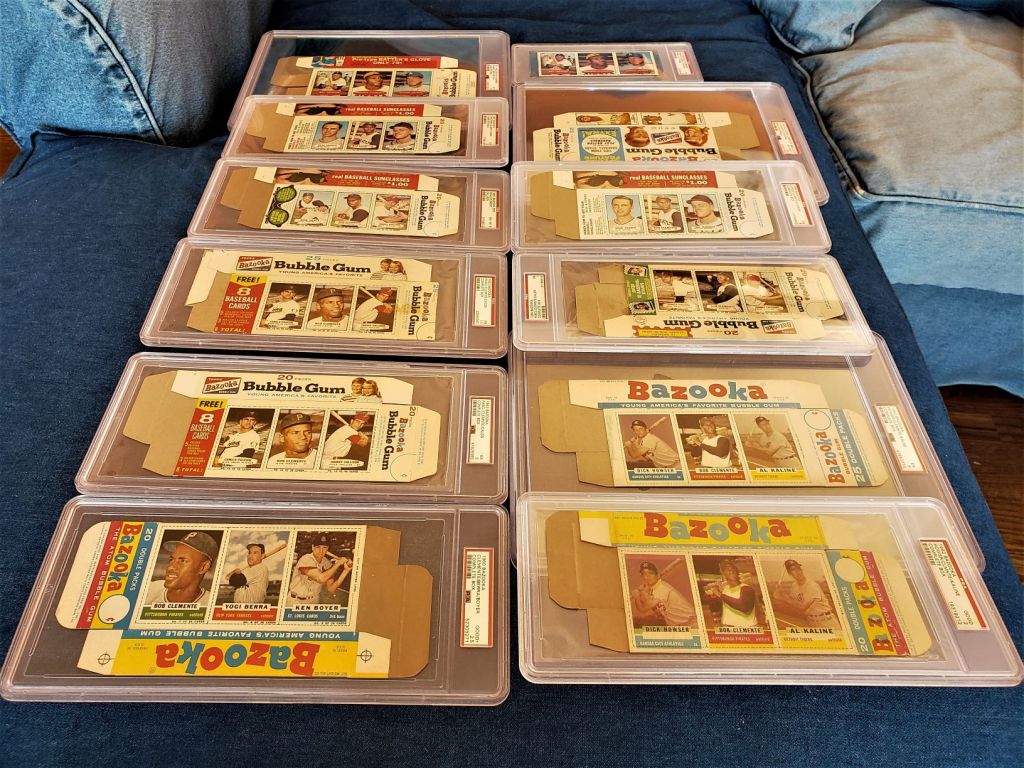With their unique charm and timeless appeal, vintage advertising posters have captivated collectors and art enthusiasts for many years. These pieces serve as a window into the past, reflecting the social, economic, and cultural vibes of their times, but they also represent a fascinating intersection of art, history, and commerce.
Let’s dive deep into the fascinating world of vintage posters by exploring their history, the intricate process of their creation, and the nuances of their valuation and preservation. We will examine the market dynamics that drive the interest and investment in these captivating pieces of history, offering insights and guidance for seasoned collectors and field newcomers.
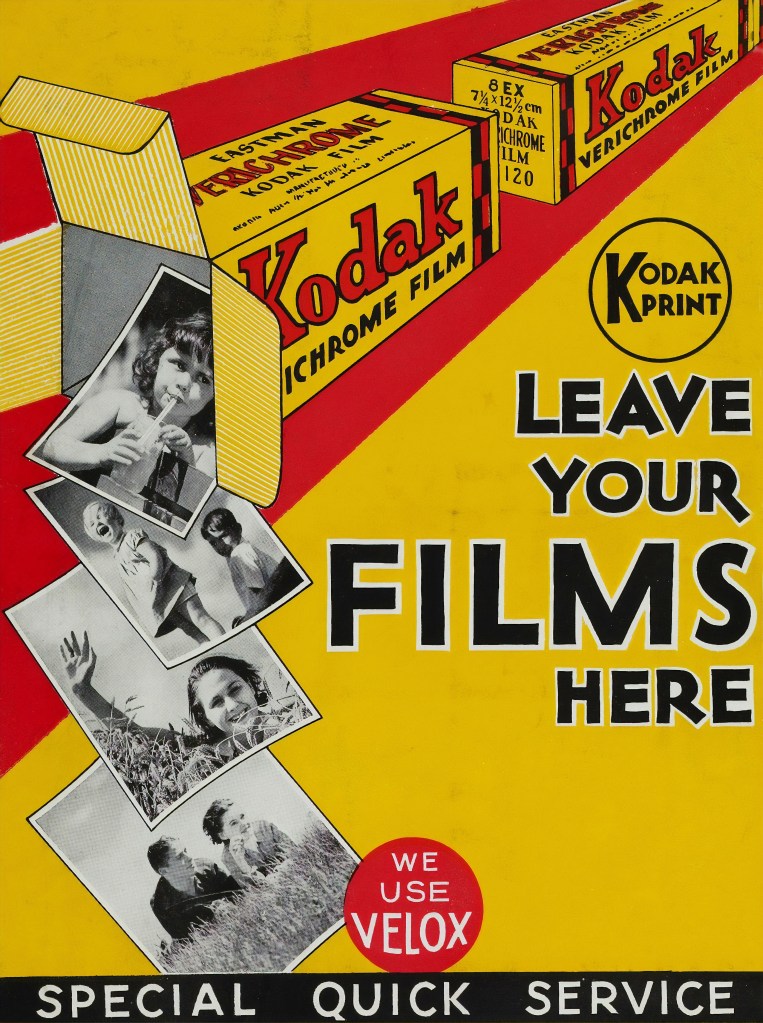
What is a Vintage Poster?
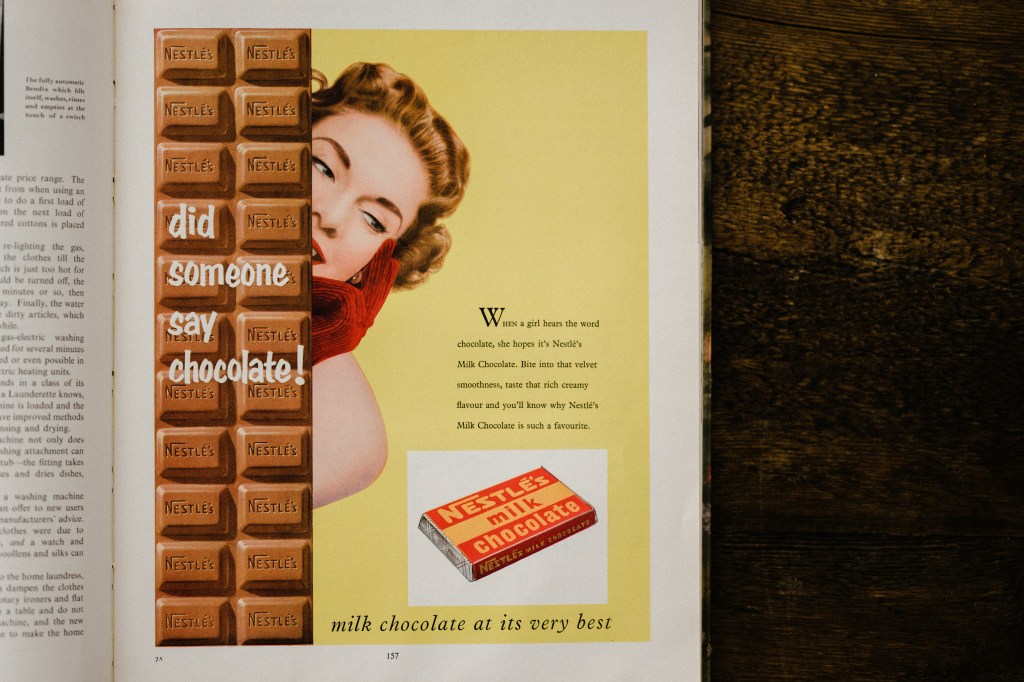
A vintage poster is an artistic print that embodies not just the aesthetic and design trends of its time but also holds significant cultural or historical value. Distinguished by its age, authenticity, and cultural significance, a vintage poster is typically characterized by its unique design elements, which reflect the artistic movements and technological capabilities of the period it was produced in. Unlike antique posters, which are generally over 100 years old, vintage posters can span a more recent timeline and are often sought after for their nostalgic appeal and artistic merit.
On the other hand, retro posters are modern creations that imitate the style of vintage designs but lack historical authenticity. The allure of vintage posters lies not only in their visual appeal but also in their ability to capture and convey the essence of a bygone era, making them prized possessions for collectors and enthusiasts alike.
The Colorful Past: A Journey Through the History of Advertisement Posters

The evolution of advertising posters from the 19th century to the late 20th century showcases a fascinating journey through various artistic movements and eras, each leaving its mark on marketing and design.
Significant Eras
Significant movements such as Art Nouveau, Art Deco, and Mid-Century Modern emerged, each characterized by distinct styles, themes, techniques, and ideologies.
- Art Nouveau is a movement characterized by beauty, flowing lines, and organic forms. It is known for its optimism and extravagance during the “Belle Epoque” era.
- The Art Deco movement featured bold, geometric shapes and embodied the optimism of the 1920s, influenced by progress and sophistication.
- Mid-Century Modern style is influenced by Art Deco and consumer culture, featuring softer lines and color palettes.
Notable Artists
Notable artists and designers became pivotal in shaping the landscape of poster art, leveraging their creativity to craft compelling visuals that advertised products and events and elevated the poster to a form of artistic expression.
Jules Cheret revolutionized the lithography process with his “three-stone lithography.” This method allowed artists to use various colors by mixing three colors, yellow, blue, and red, using three lithographic stones for printing with different applications. Cheret created over 1,000 artwork prints during his lifetime and is known as the “father of Modern Posters.”
Leonetto Cappiello was an influential artist who reinvigorated the declining poster industry in Paris with his signature Art Deco style. He is best remembered for his unconventional and impactful artworks and is now known as the “Father of Modern Advertising.”
The Craft Behind the Poster: Vintage Printing Techniques Unveiled

The artistry behind vintage posters is deeply rooted in traditional printing methods such as lithography, letterpress, and screen printing. Each technique brought its unique texture, depth, and vibrancy to the artwork, contributing significantly to the distinctive aesthetic and tactile feel that is much admired in vintage posters.
Techniques
The varying use of vibrant colors and bold typography were critical techniques to the unique aesthetic and feel of vintage posters. Some techniques include:
- Lithography, with its capacity for fine details and vibrant colors, was particularly favored for its availability to produce eye-catching images.
- Letterpress printing added a tangible depth through the impression of type and images on the paper.
- Screen printing offered versatility in color application, allowing for bold and dynamic designs.
Digital Transition
The advent of digital printing marked a significant shift in poster art, introducing a new era of precision and efficiency. While digital printing offers unparalleled clarity and consistency, some argue it lacks the warmth and character of traditional methods. This transition reflects broader changes in the art world, where the value of craftsmanship and tactile experience of art being reevaluated in the digital age.
Assessing Worth: How to Value a Vintage Poster
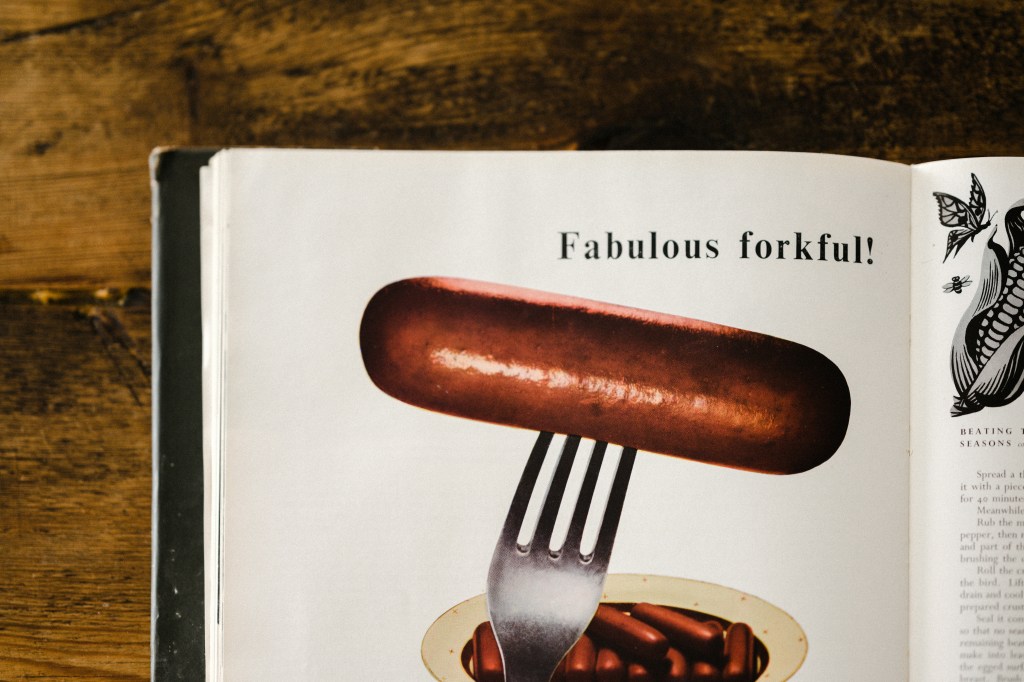
When delving into the world of vintage posters, several key factors come into play that significantly influence their market value.
Tips for Beginners
Several key factors influence a poster’s market value.
- Rarity is crucial; a poster produced in limited quantities or a few surviving examples will naturally fetch a high price.
- The poster’s condition is equally important, as those preserved without tears, fading, or folds are more desirable to collectors.
- The artist or graphic designer behind the poster can also add considerable value, especially if they are renowned or have a significant following.
- The historical significance of a poster, such as its role in a historical event or its representation of a particular era, can enhance its appeal and value.
Preservation Matters: Caring for Vintage Posters

To preserve posters and ensure their longevity, following best practices for their storage and display is essential. Since these items are often rare and irreplaceable, preventing damage is crucial. This involves maintaining the appropriate environmental conditions, such as stable temperature and humidity levels, and avoiding direct sunlight to prevent fading.
Professional restoration services are available for posters that have already suffered from wear and tear. These specialized services can restore damaged pieces carefully, breathing new life into them and returning them to their former glory. Conservation framing also plays an essential role in protecting vintage posters. This method uses materials and techniques designed to safeguard and preserve the artwork for the long term, ensuring that future generations can enjoy these cultural artifacts.
Backing a rare poster with linen is an excellent way to preserve or restore it. Although it may be expensive, linen backing can significantly increase the poster’s value, even if it was in poor condition before being backed. A linen-backed poster is mounted to acid-free paper and canvas, making it a valuable and easily restorable item.
An Appreciating Asset? Do Vintage Posters Increase in Value
Understanding the vintage poster market dynamics requires a nuanced analysis of various trends and factors influencing their appreciation. Collectors and investors often share their experiences and testimonials, highlighting key insights into what drives the value of these artistic pieces.
Potential Valuables
Identifying potential future valuables amidst the current offerings demands a discerning eye and a deep appreciation of art, history, and market movements. This intricate blend of knowledge and instinct guides enthusiasts in making informed decisions, ensuring their collections embody aesthetic appeal and hold promising investment potential.
The Collector’s Market: Navigating the World of Old Posters
The current market for vintage advertising posters has experienced a significant increase in interest. This is largely due to the growing number of enthusiasts and collectors who appreciate these posters’ unique aesthetic and historical significance. The market offers a variety of popular niches and genres for collectors to explore.
Where to Buy
Popular niches and genres in this market include film, travel, and entertainment, each offering a glimpse into the cultural zeitgeist of their respective eras. For those looking to buy or sell vintage poster art, several avenues are available, including auctions, online marketplaces, and specialized dealers who offer a curated selection of high-quality pieces.
Authenticity & Provenance
An essential aspect of trading in this niche is the focus on authenticity and provenance. Collectors place significant importance on the originality of a poster and the history of its ownership, as these factors greatly influence the item’s value and appeal. Consequently, ensuring the authenticity of vintage advertising posters has become crucial in this vibrant and growing market.
Antique prints may develop foxing and become brittle over time. Cracks on a silkscreen print may indicate authenticity. Genuine vintage posters have uniform colors and no pixelation. Collectors should focus on preserving wear and tear. Beginners should start by collecting items they like and can afford and then decide on a period and genre. Popular choices include Art Deco advertising posters, train carriage print, and London Transport station posters.
Conclusion: The Enduring Legacy of Vintage Posters
The enduring appeal and cultural significance of vintage advertising posters cannot be overstated. These captivating art pieces serve not just as a window into the aesthetic and societal values of the past but also as a testament to the evolution of marketing and design techniques over the decades. They invite us to explore a world where creativity and commerce intersect in vibrant and often ingenious ways.
Whether drawn to them as a collector, an investor, or simply an admirer, delving into the realm of vintage posters offers a unique opportunity to appreciate the intricacies of graphic design and the power of visual communication through the ages. This exploration is about acquiring pieces of history and understanding the stories they tell and the emotions they evoke, making it a rewarding journey for anyone with a passion for art, history, or advertising.
Frequently Asked Questions (FAQ)
How can I authenticate a vintage poster?
Authenticating a vintage poster involves examining its paper quality, printing technique, artist signatures, and any historical markers that indicate its age and origin. Consulting with experts or utilizing authentication services provided by reputable auction houses and collectors’ clubs can also offer valuable insights.
What are the biggest threats to the condition of vintage posters?
The main threats to vintage posters include exposure to direct sunlight, humidity, extreme temperatures, and physical damage such as tears or creases. Poor handling and improper storage or framing can also significantly affect a poster’s condition and, consequently, its value.
How do I choose the right frame for my vintage poster?
Choosing the right frame involves considering both aesthetic and preservation aspects. Opt for UV-protective glass or acrylic to prevent fading, acid-free mats, and backing to avoid paper degradation. Ensure the frame style complements the poster’s era and design, enhancing its visual appeal while ensuring its protection.
How can collectibles insurance protect my vintage advertising posters?
Collectibles insurance provides financial protection against loss, theft, and accidental damage, ensuring that the value of your vintage posters is safeguarded. Unlike standard home insurance, collectibles insurance often covers the full appraised value of the item. When choosing an insurance policy, it’s essential to ensure that it specifically covers collectibles and offers coverage that aligns with the current market value of your posters. Regular appraisals might be necessary to adjust coverage as the value of your collection changes over time.
Sources
https://www.twentiethcenturyposters.com/pages/introduction-to-posters
https://www.red17.co.uk/blog/the-history-of-posters-a-journey-through-time/
https://retrographik.com/the-art-of-vintage-posters/
https://posterhouse.org/blog/price-your-poster-pro-tips-on-assessing-condition/
